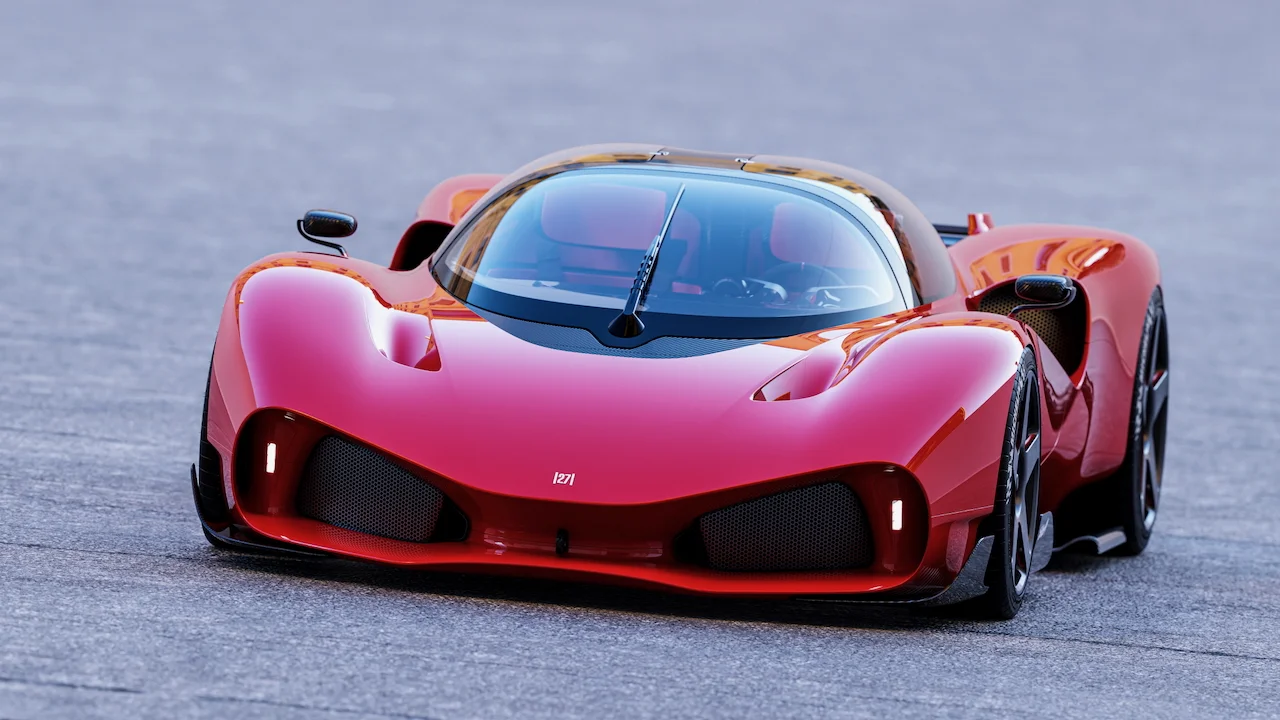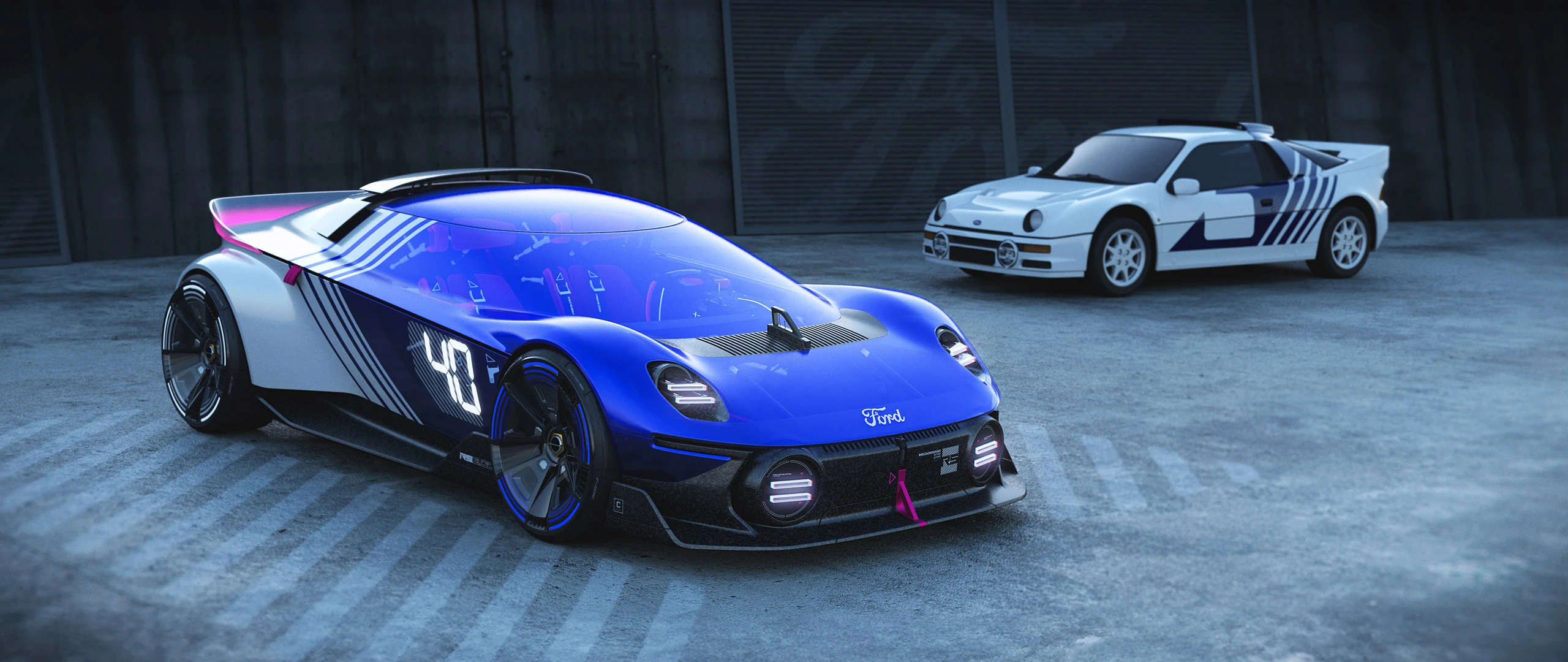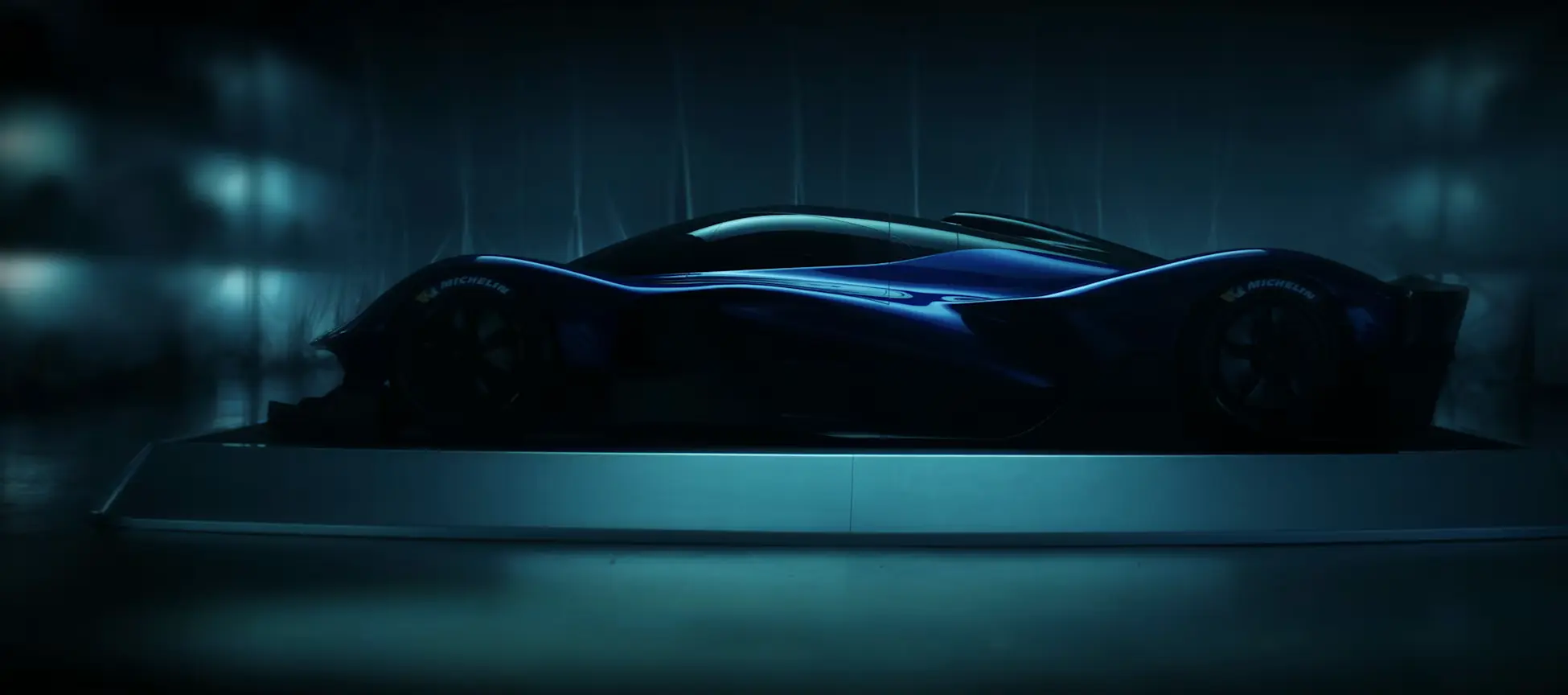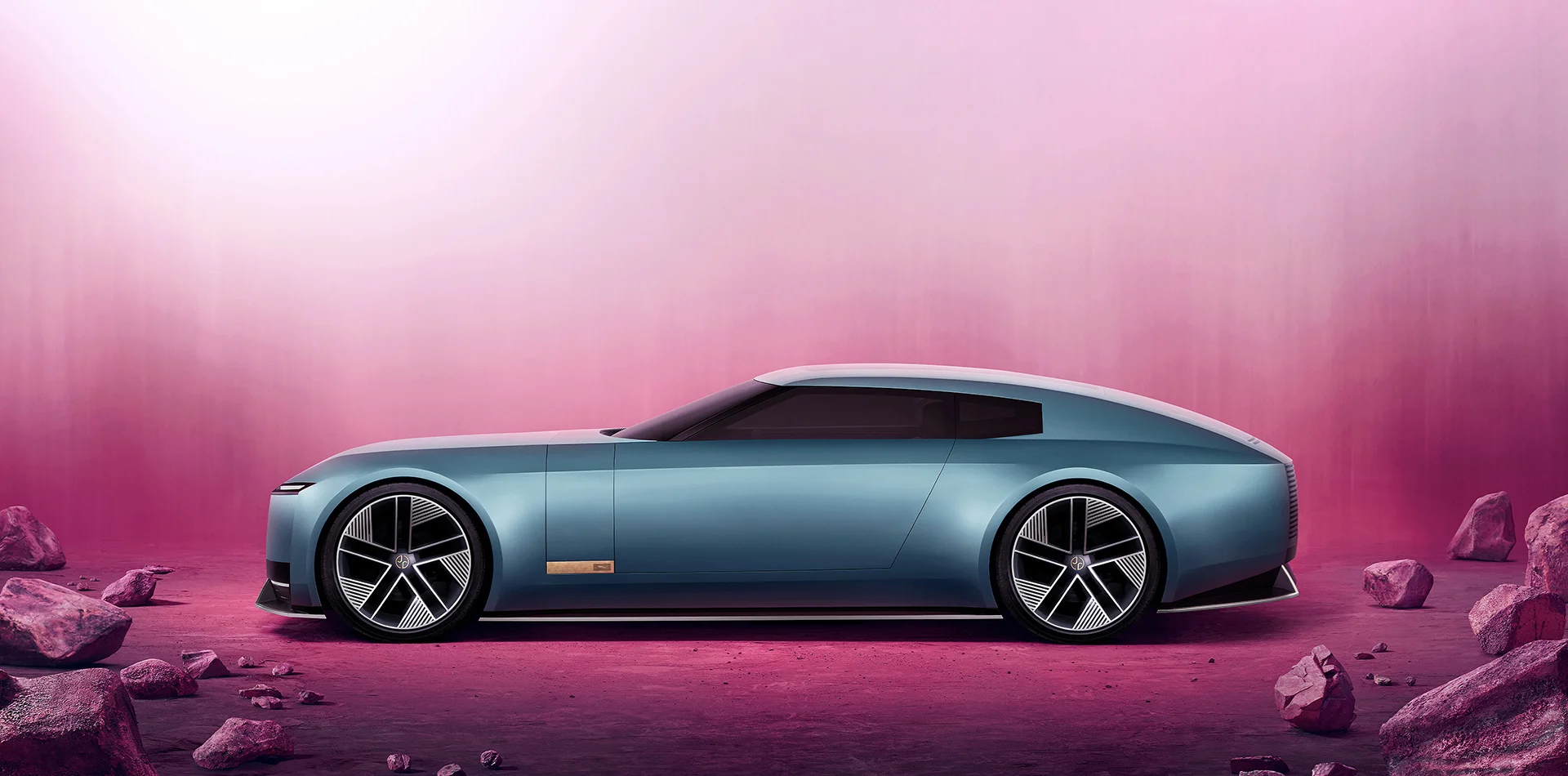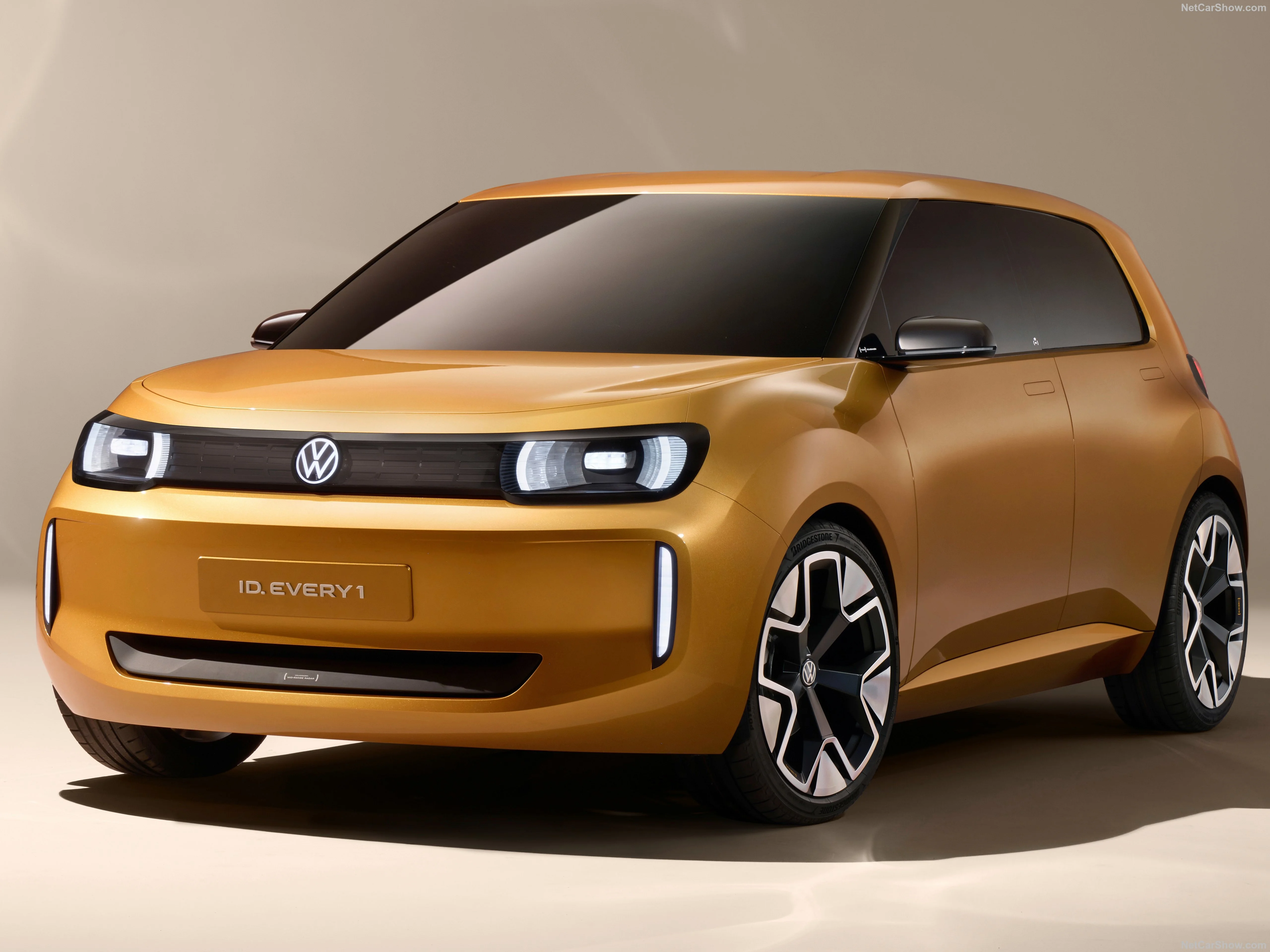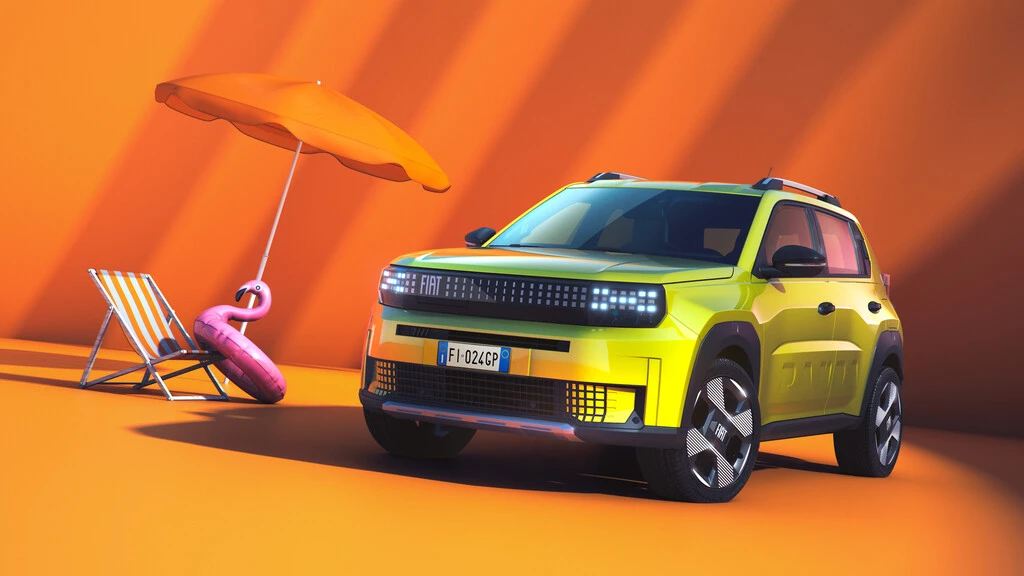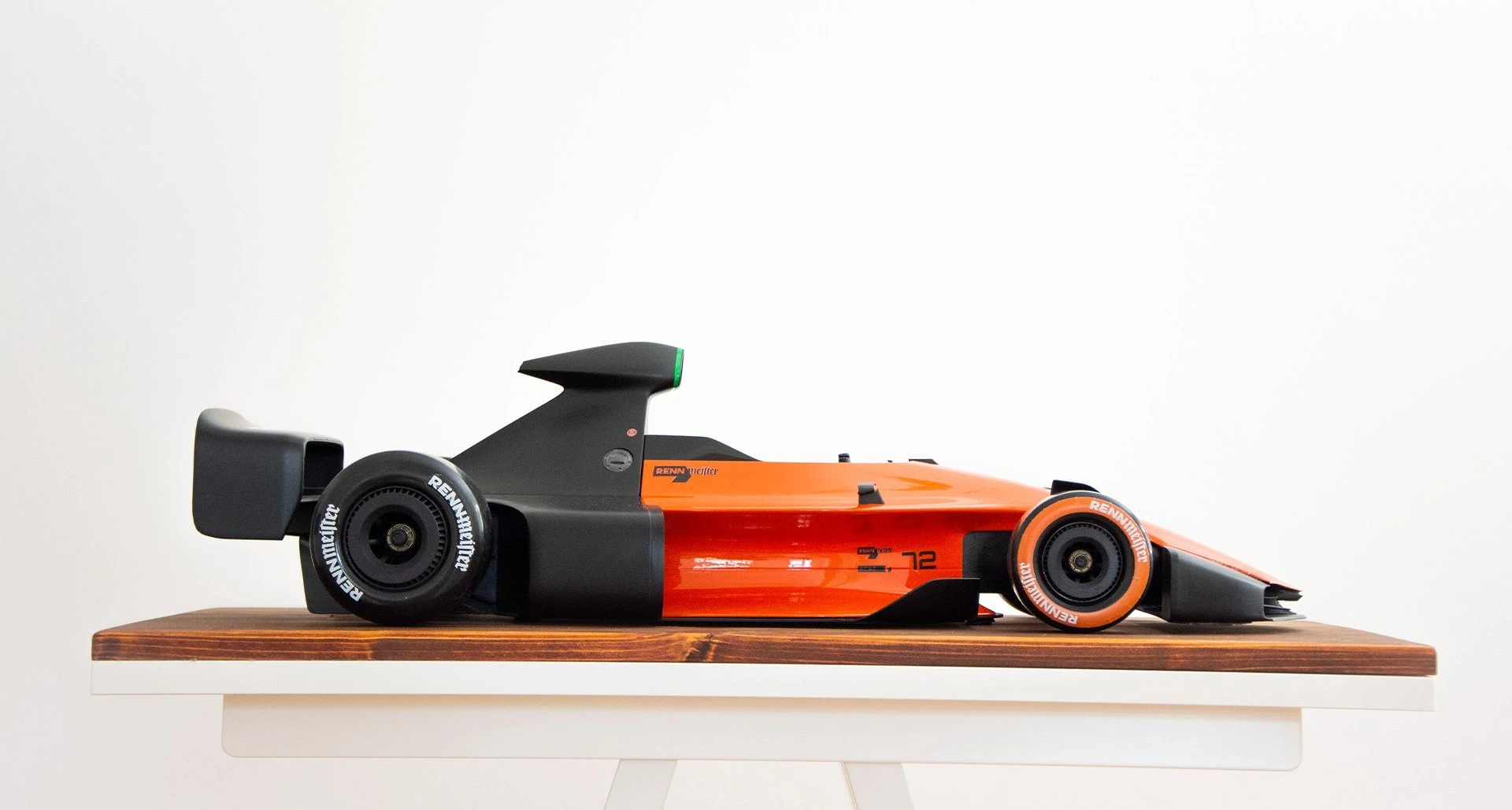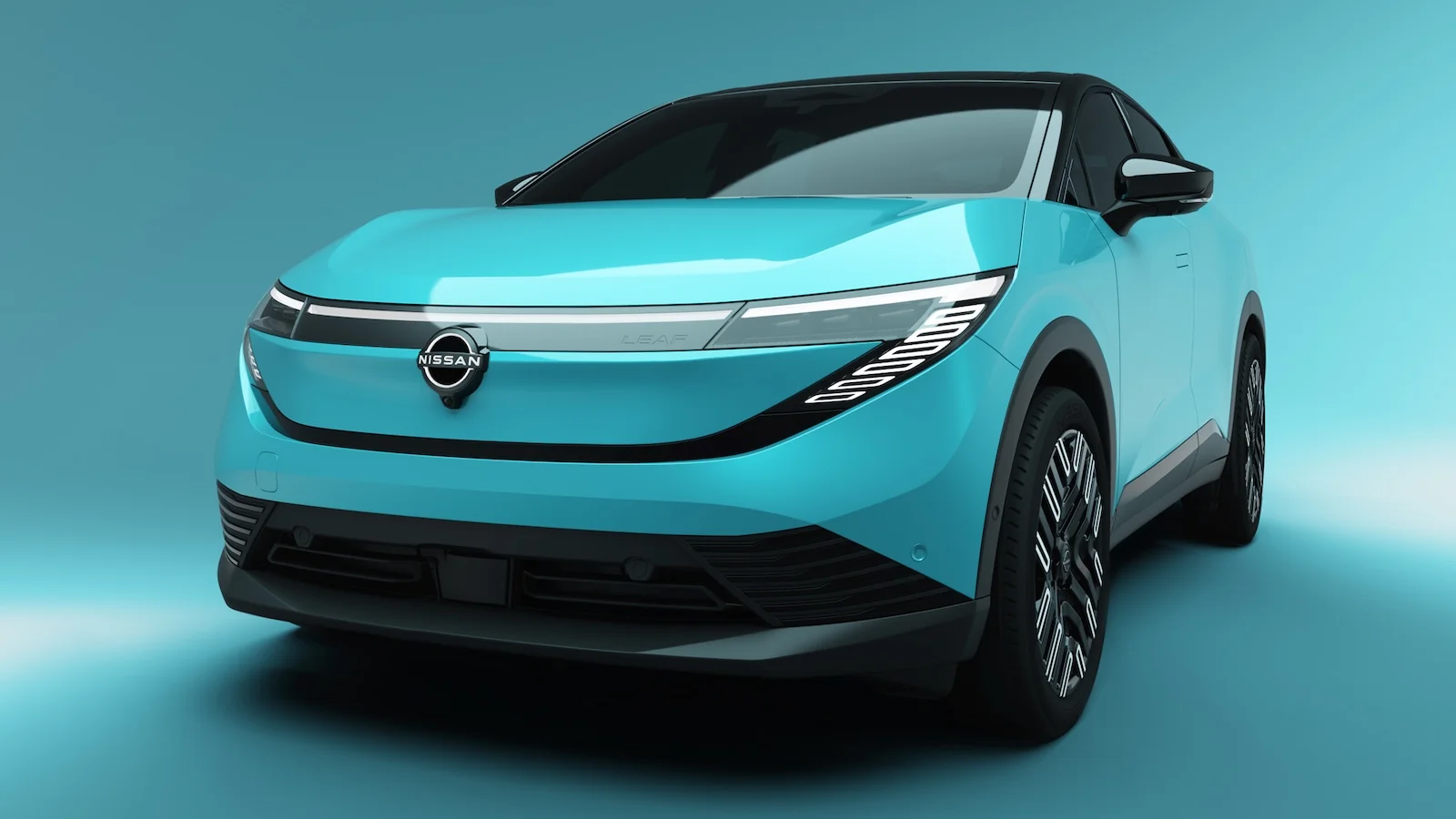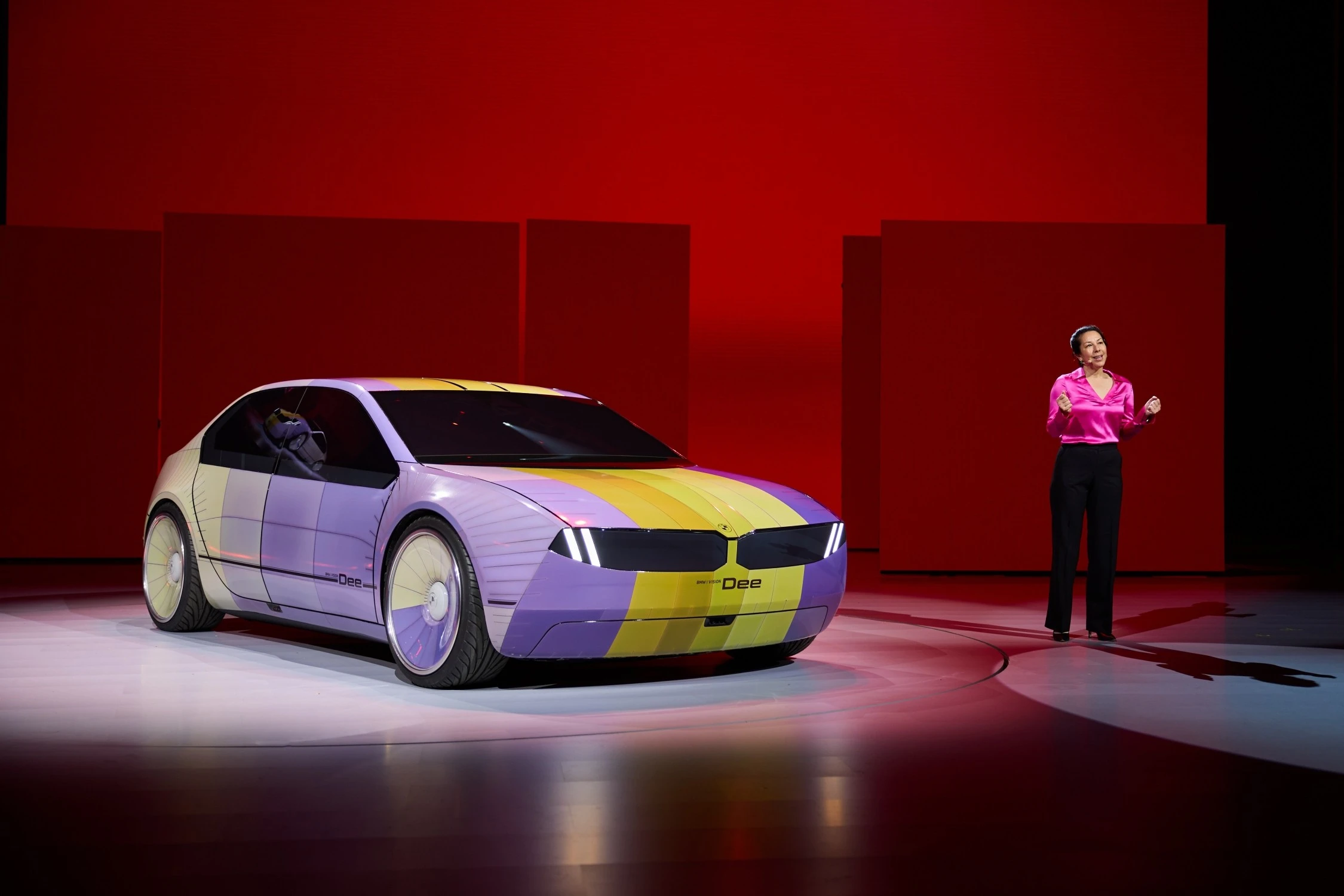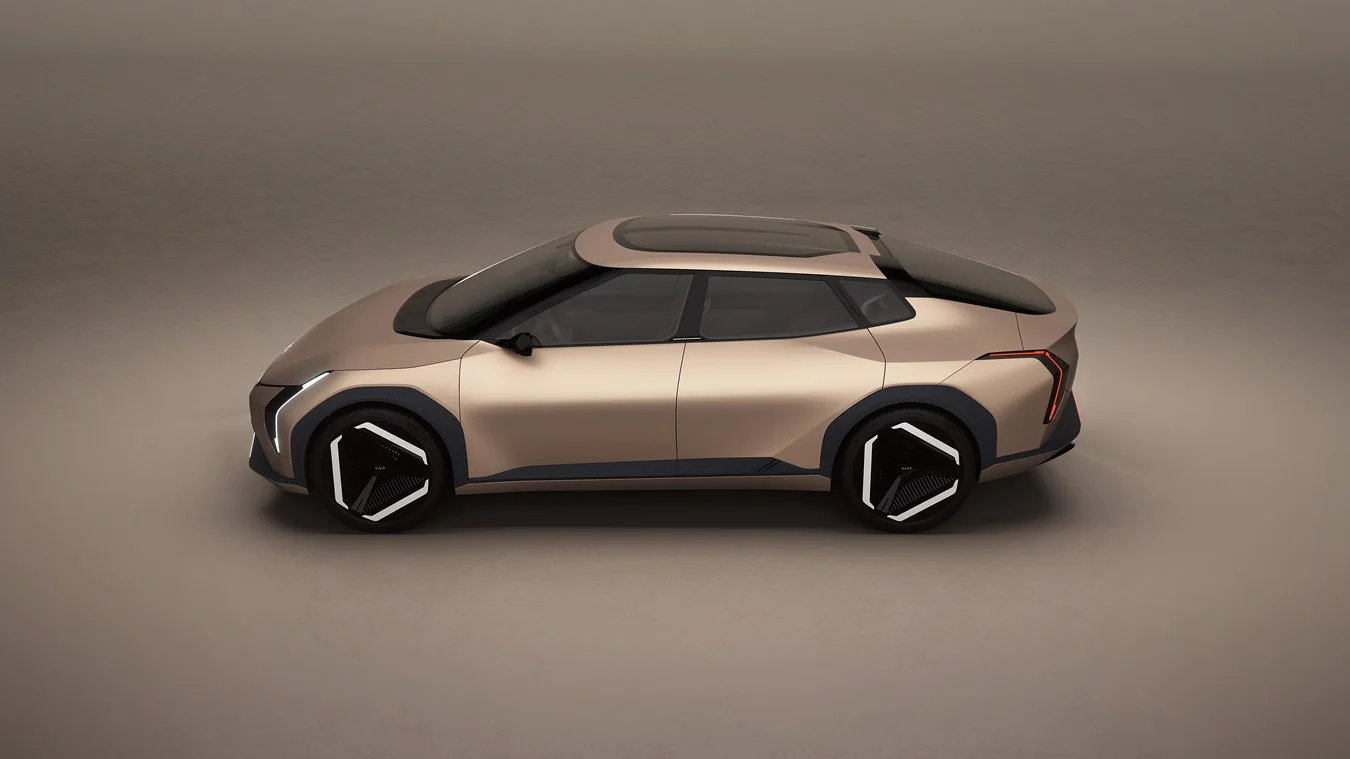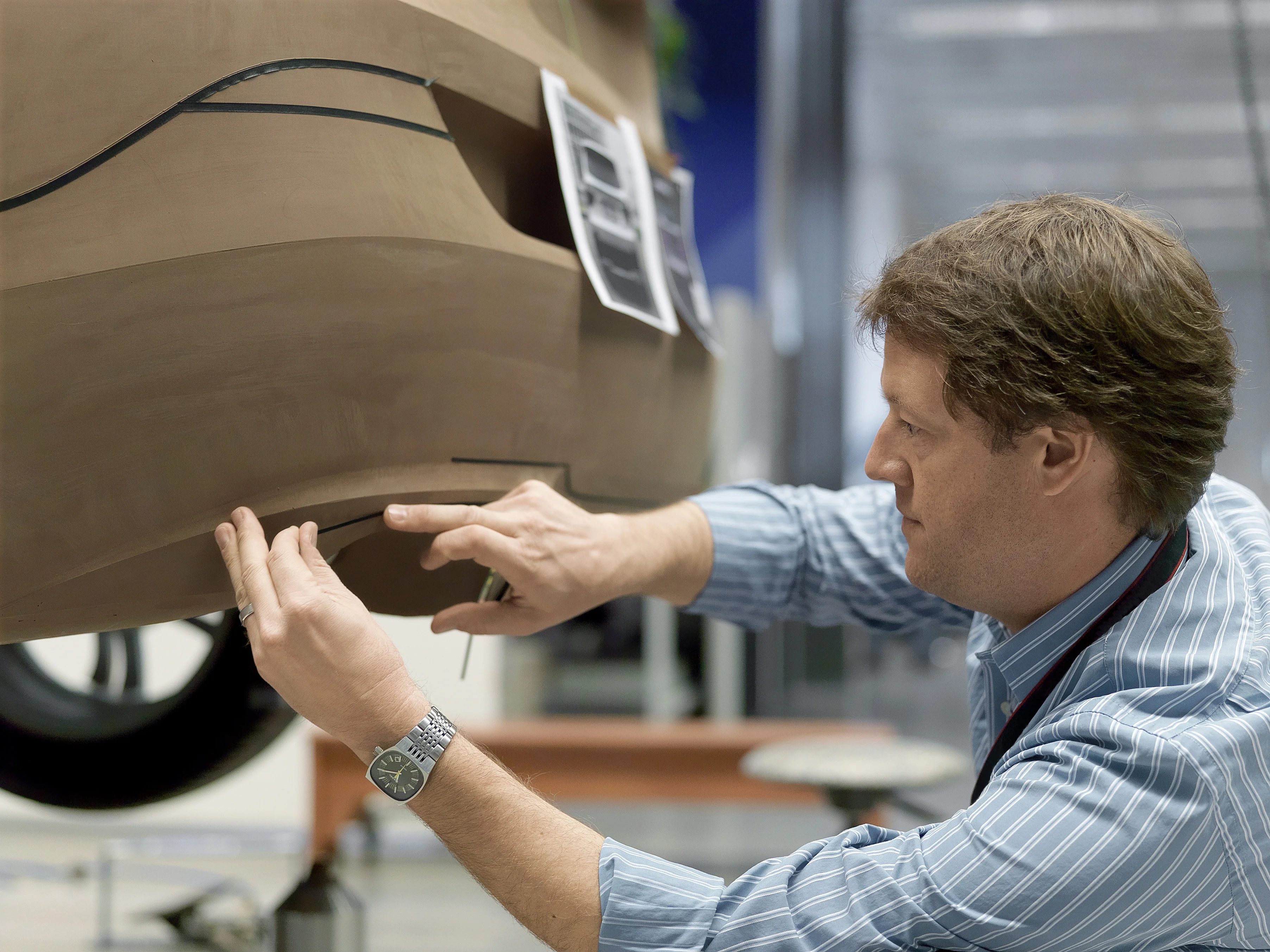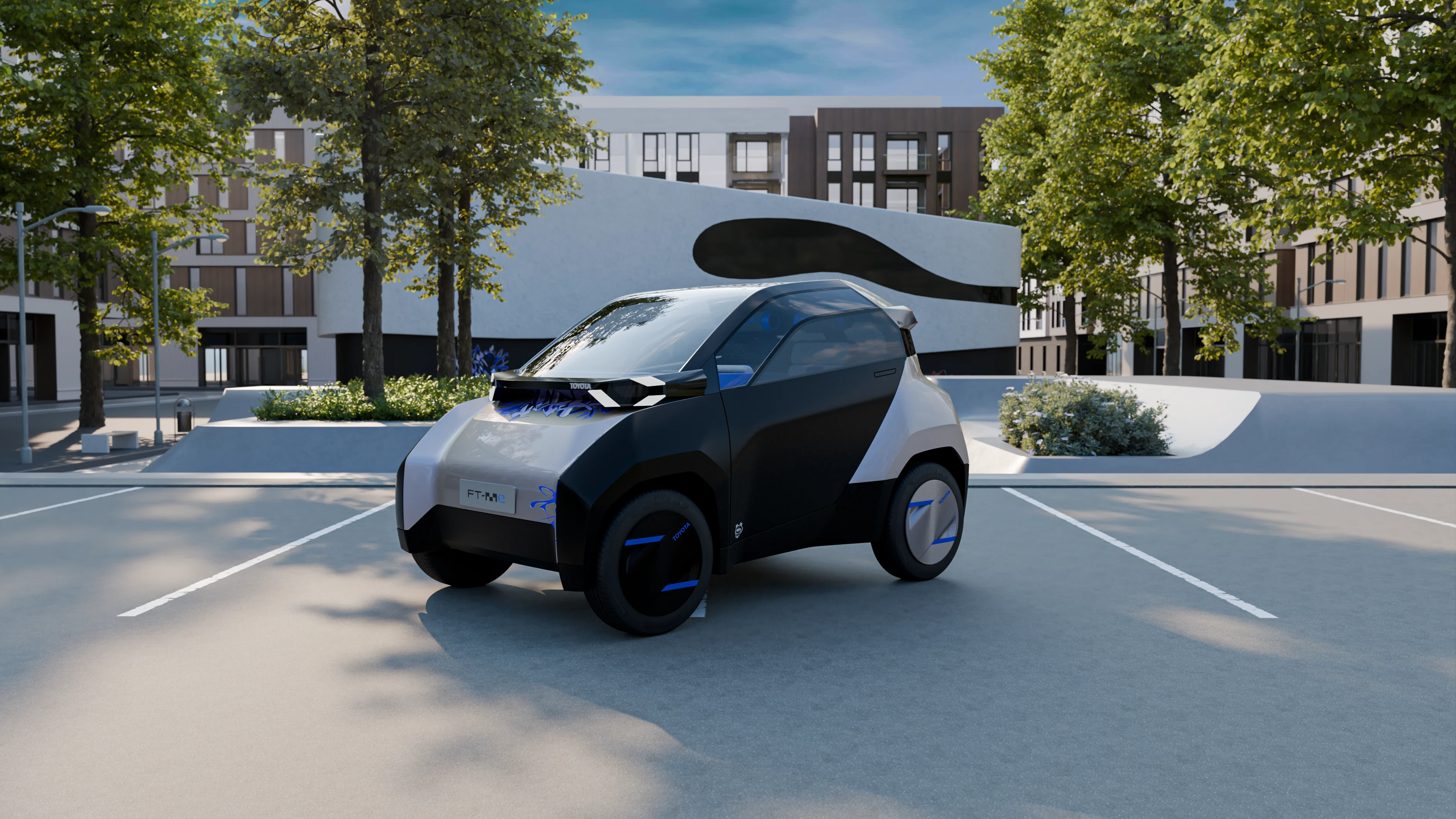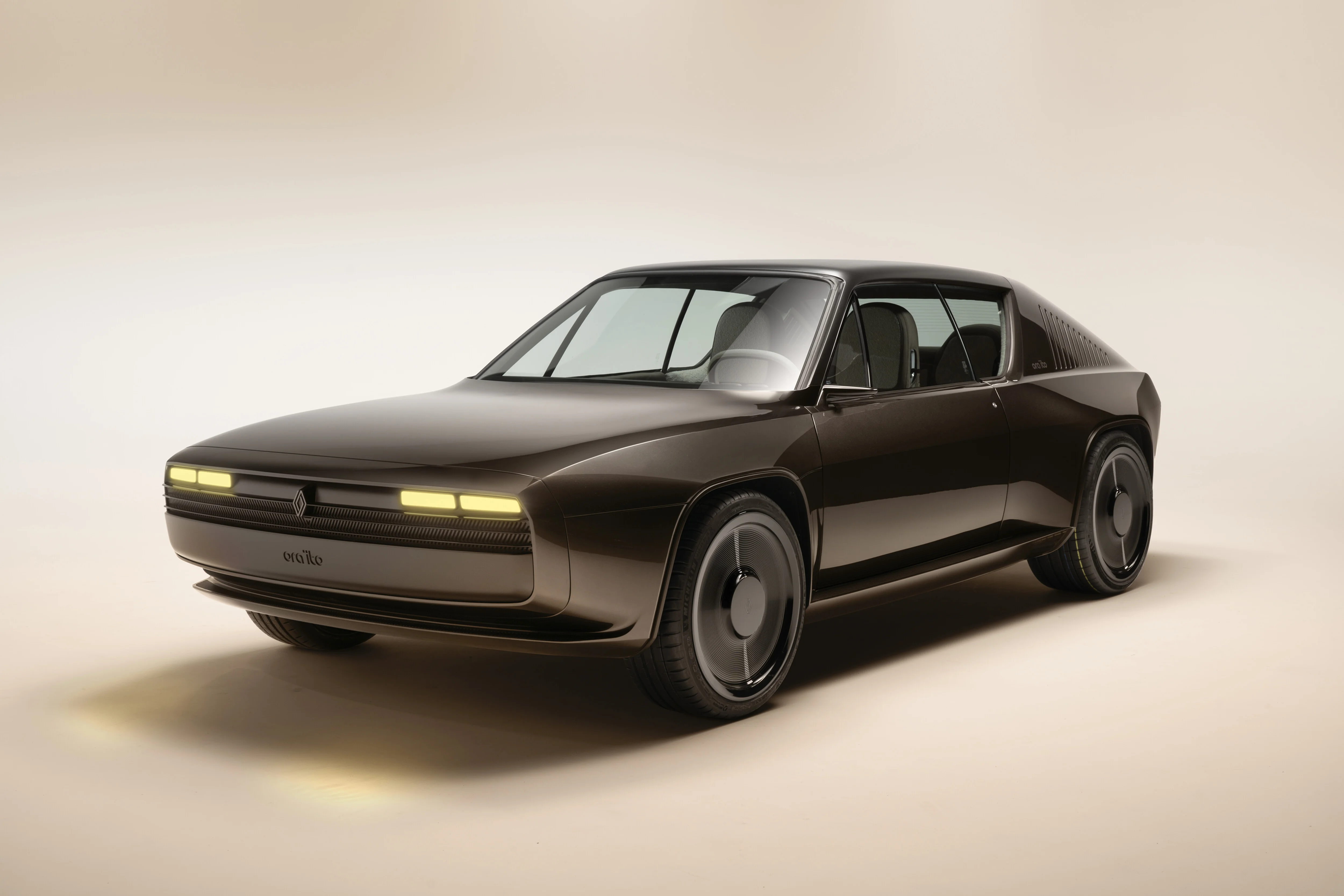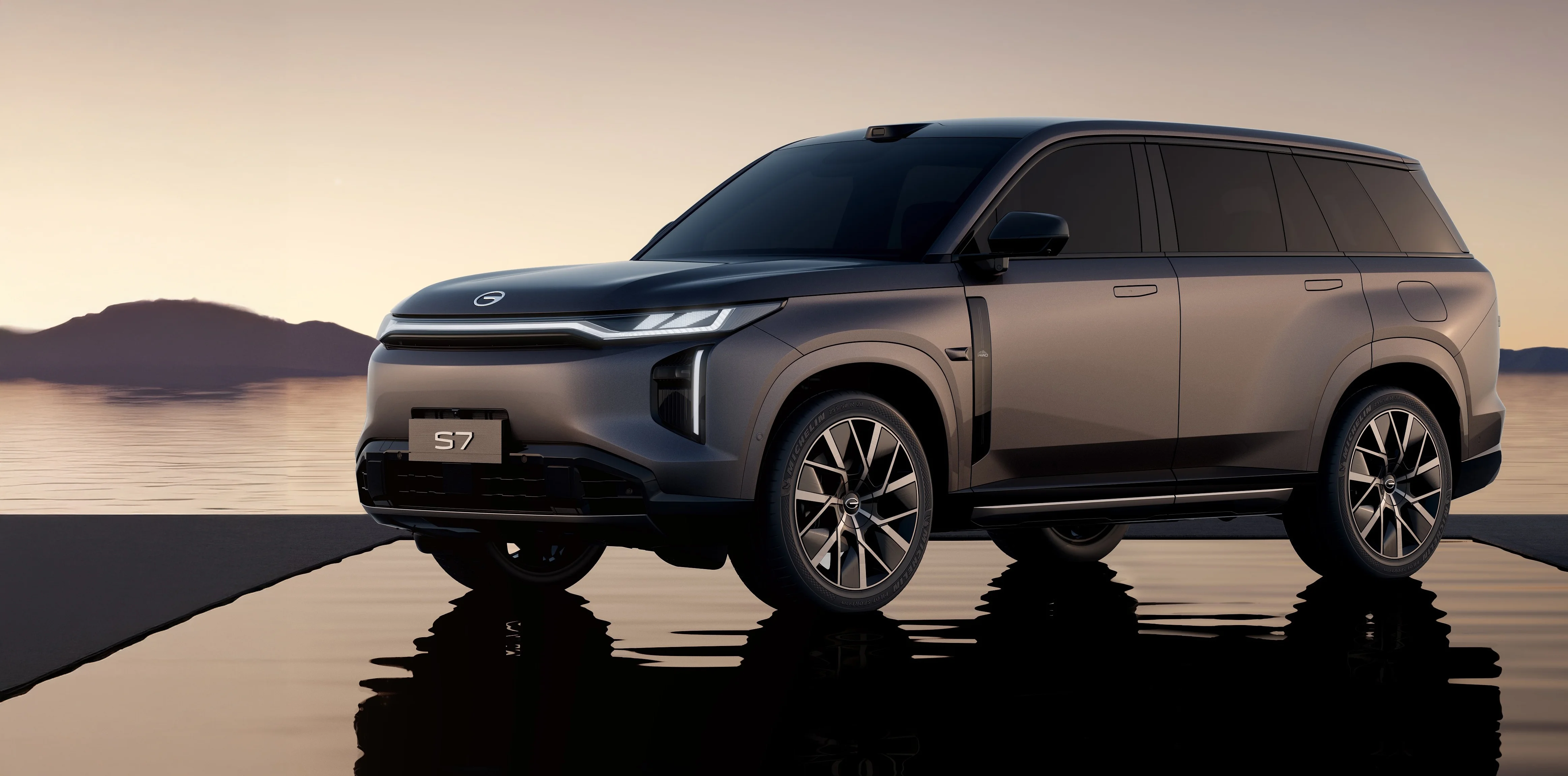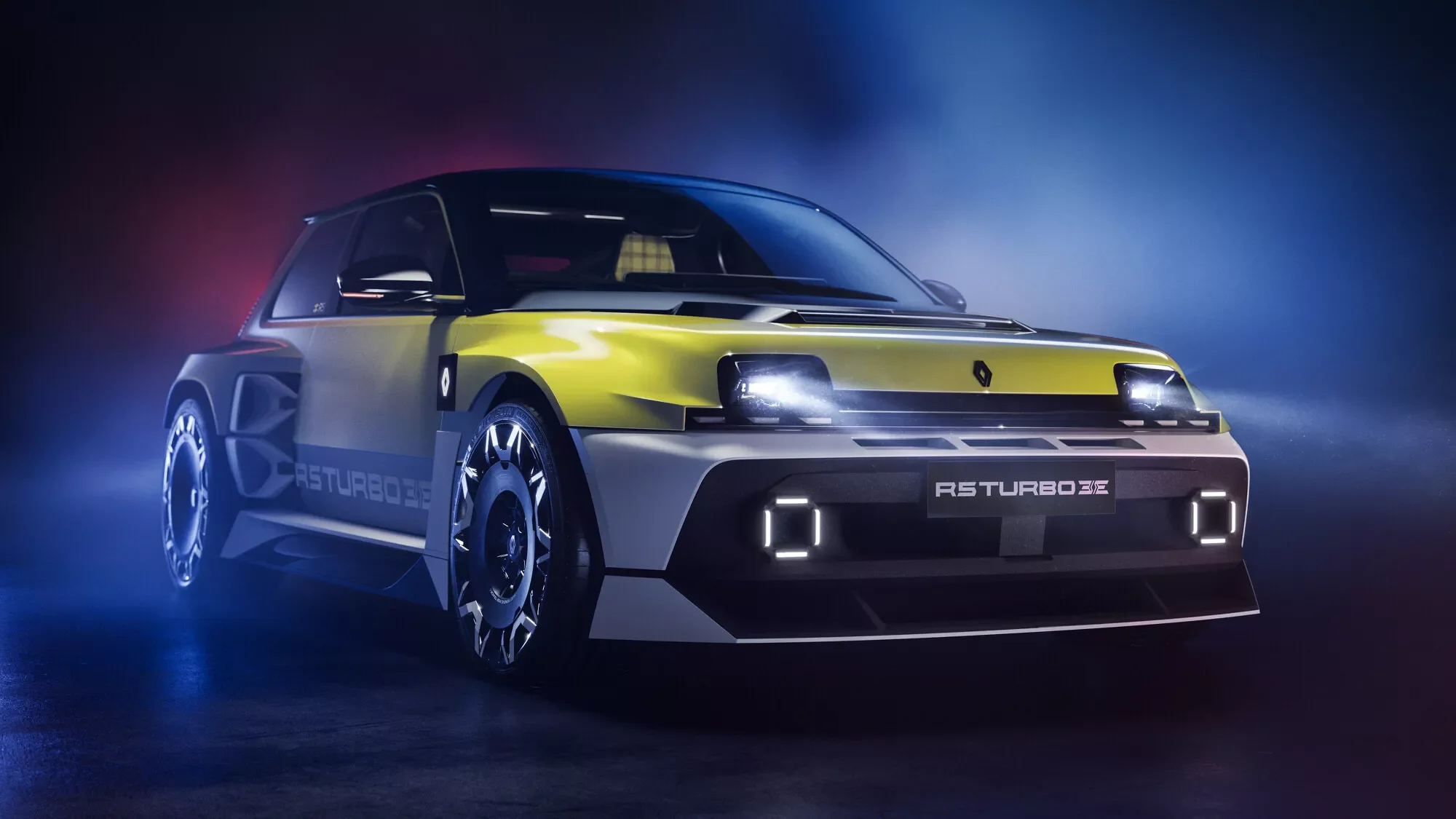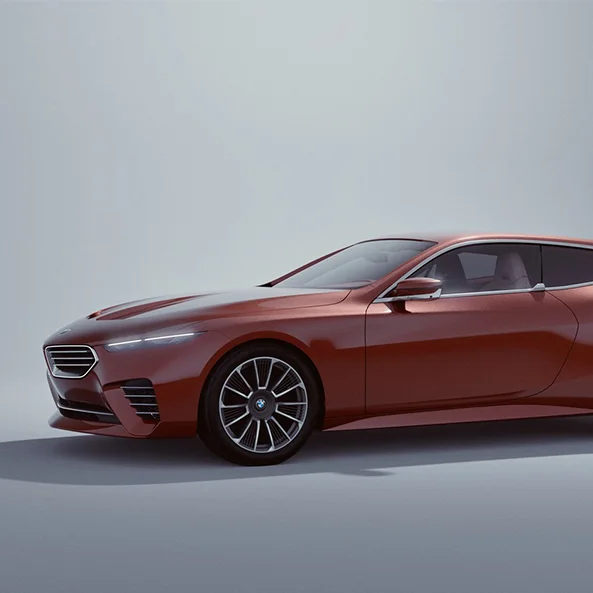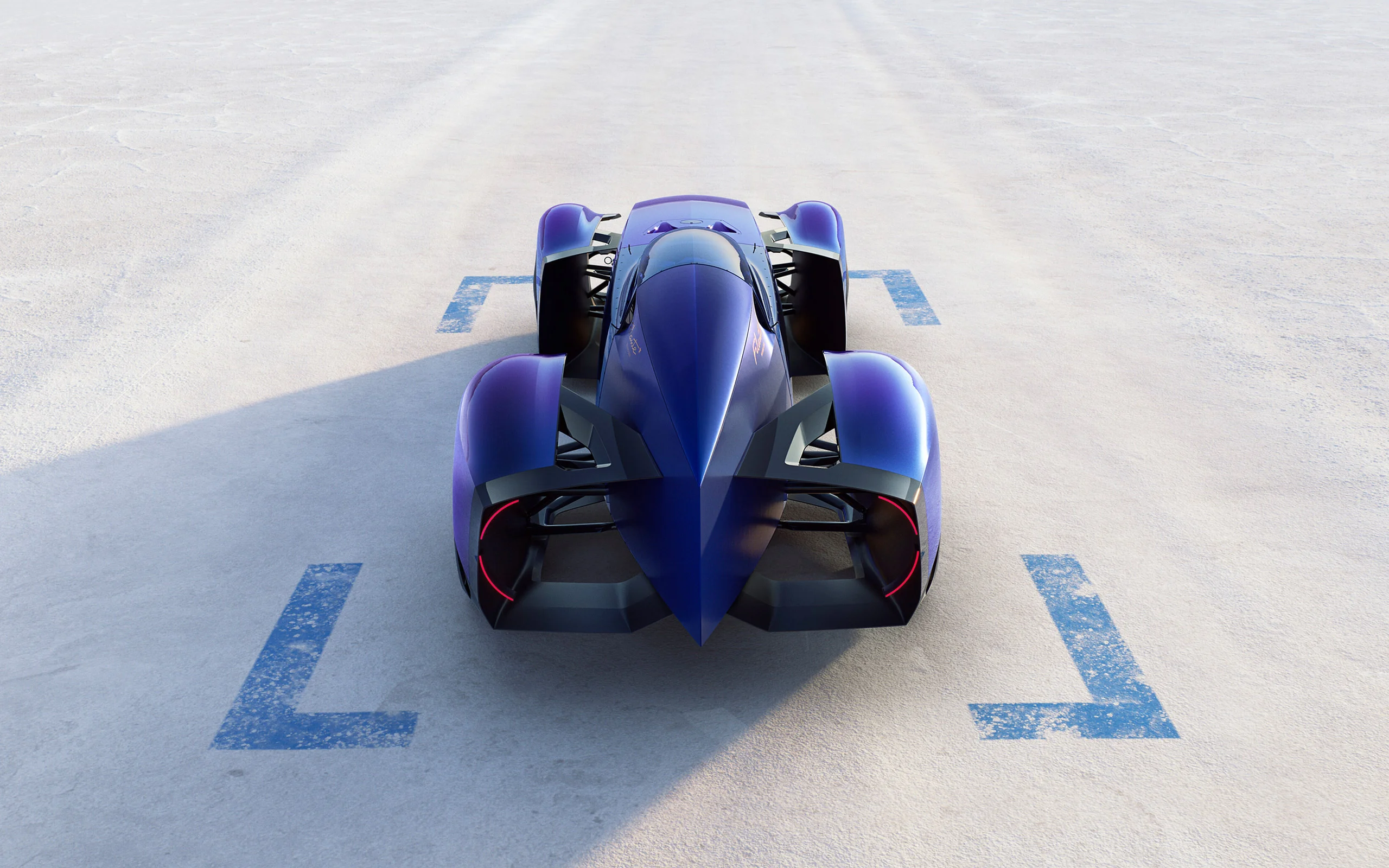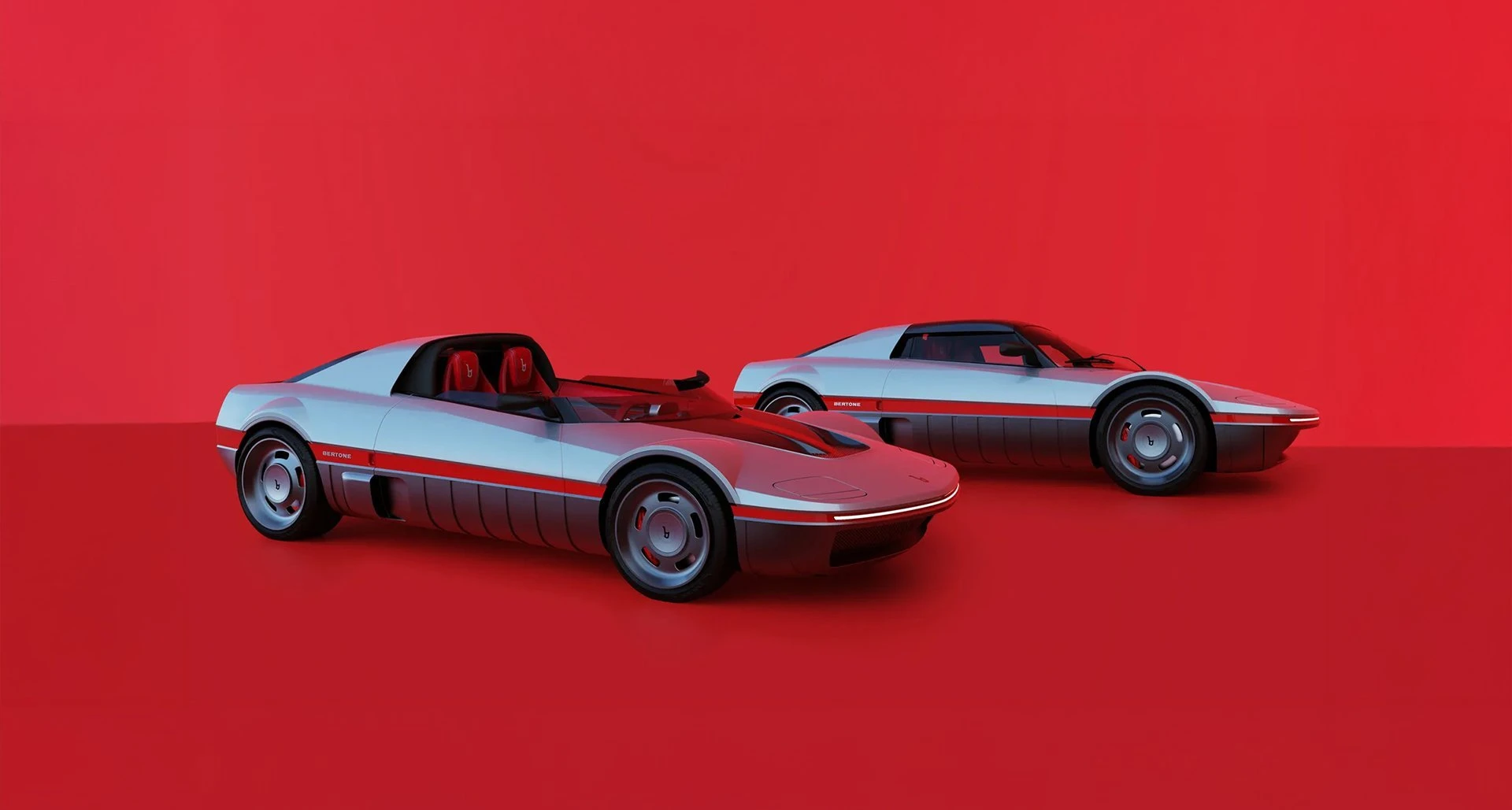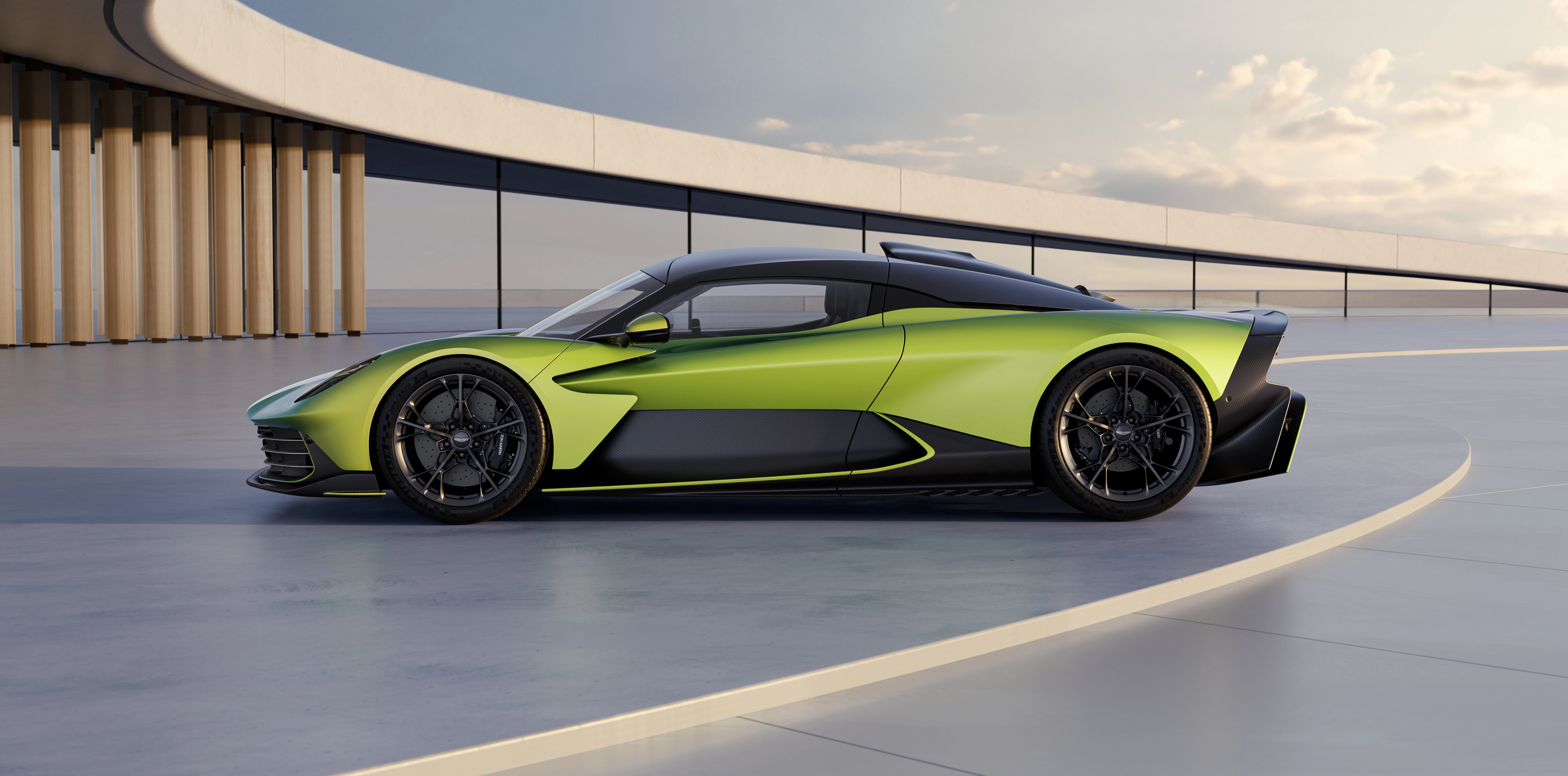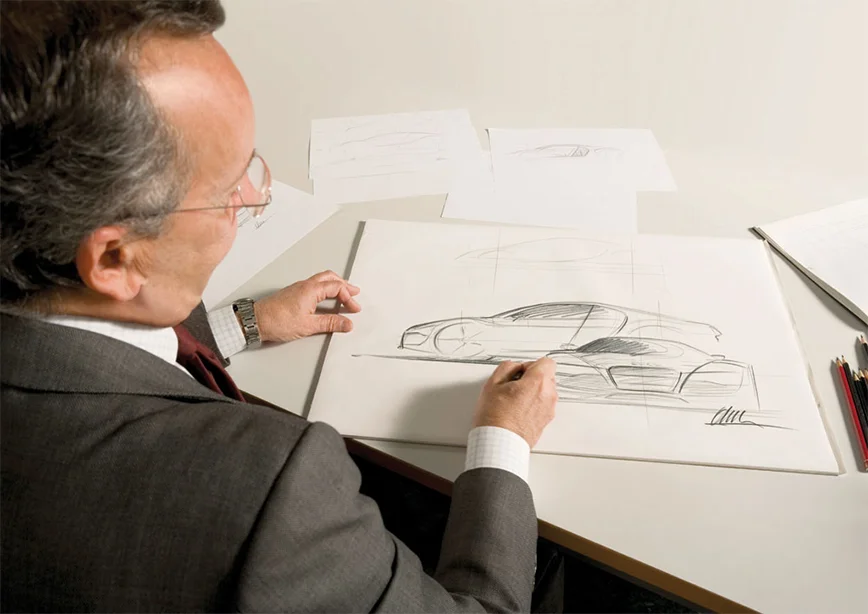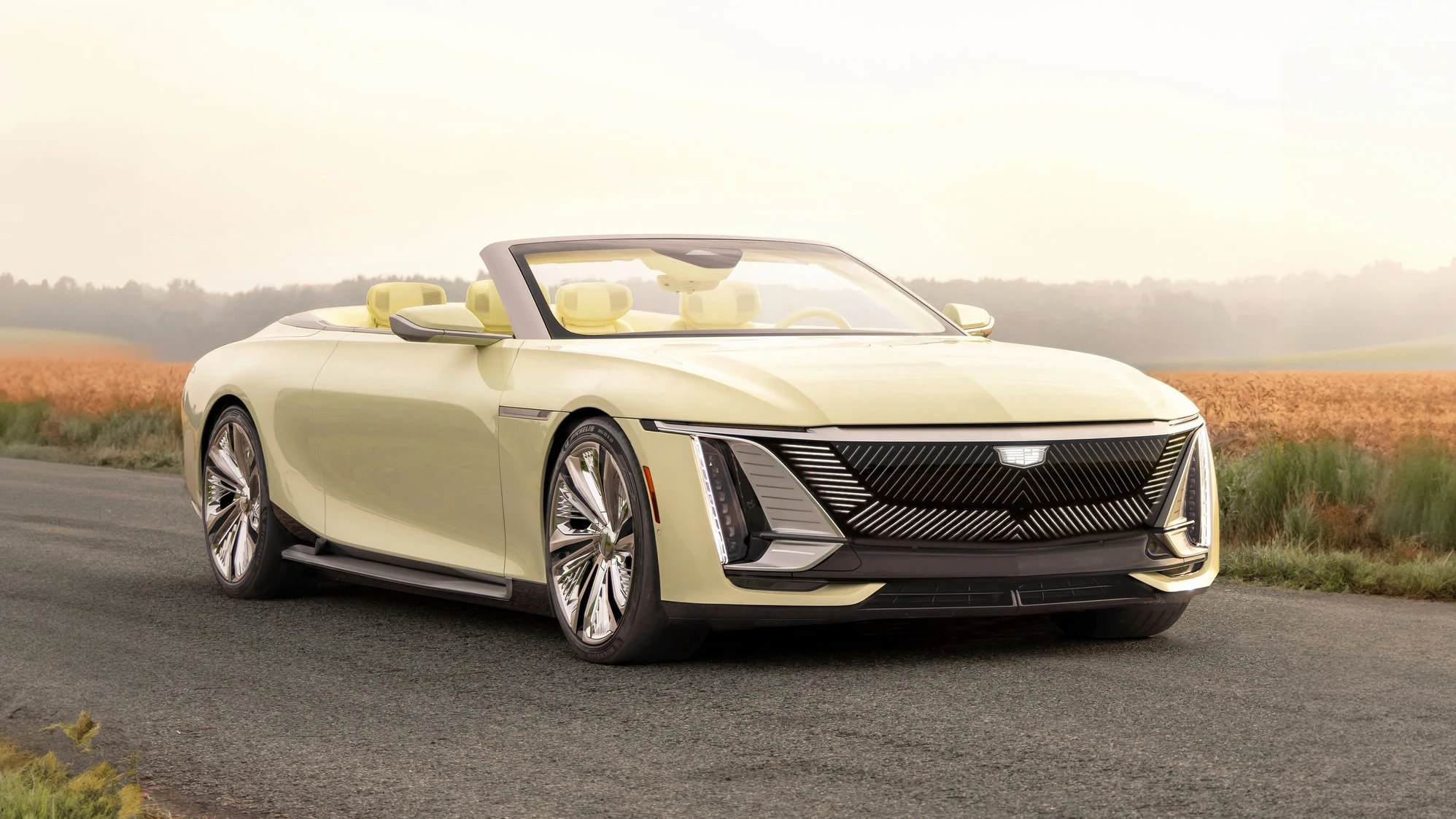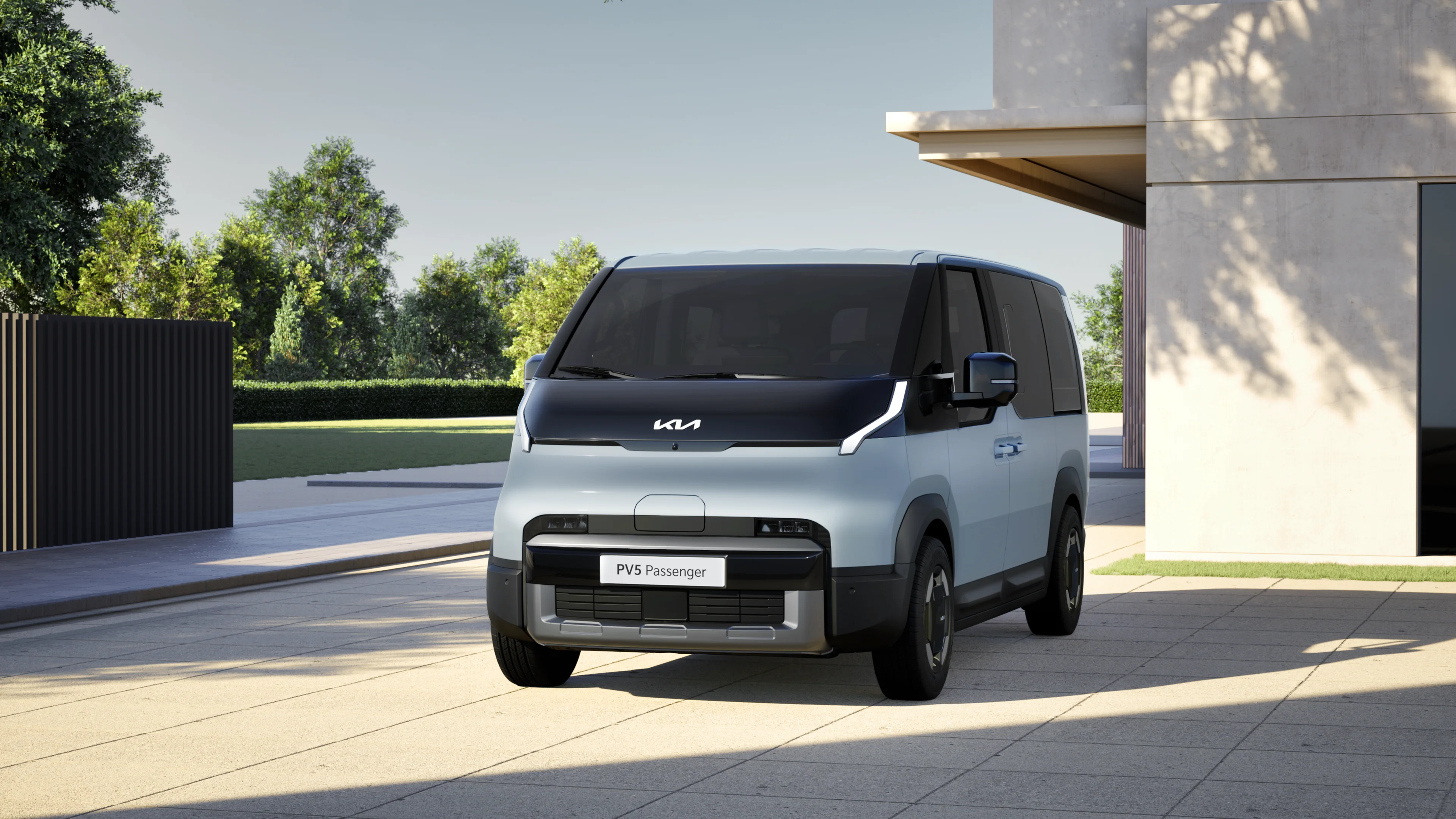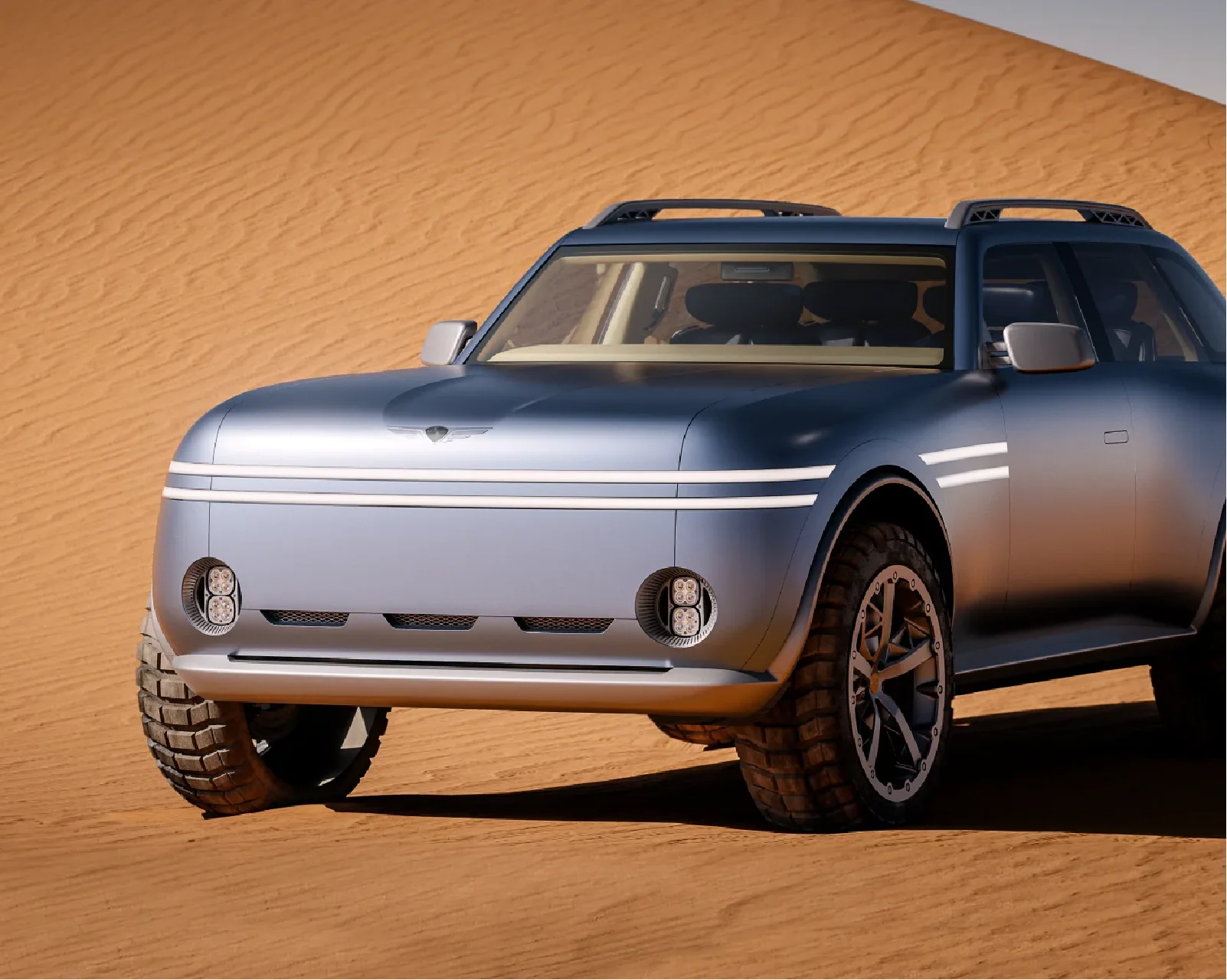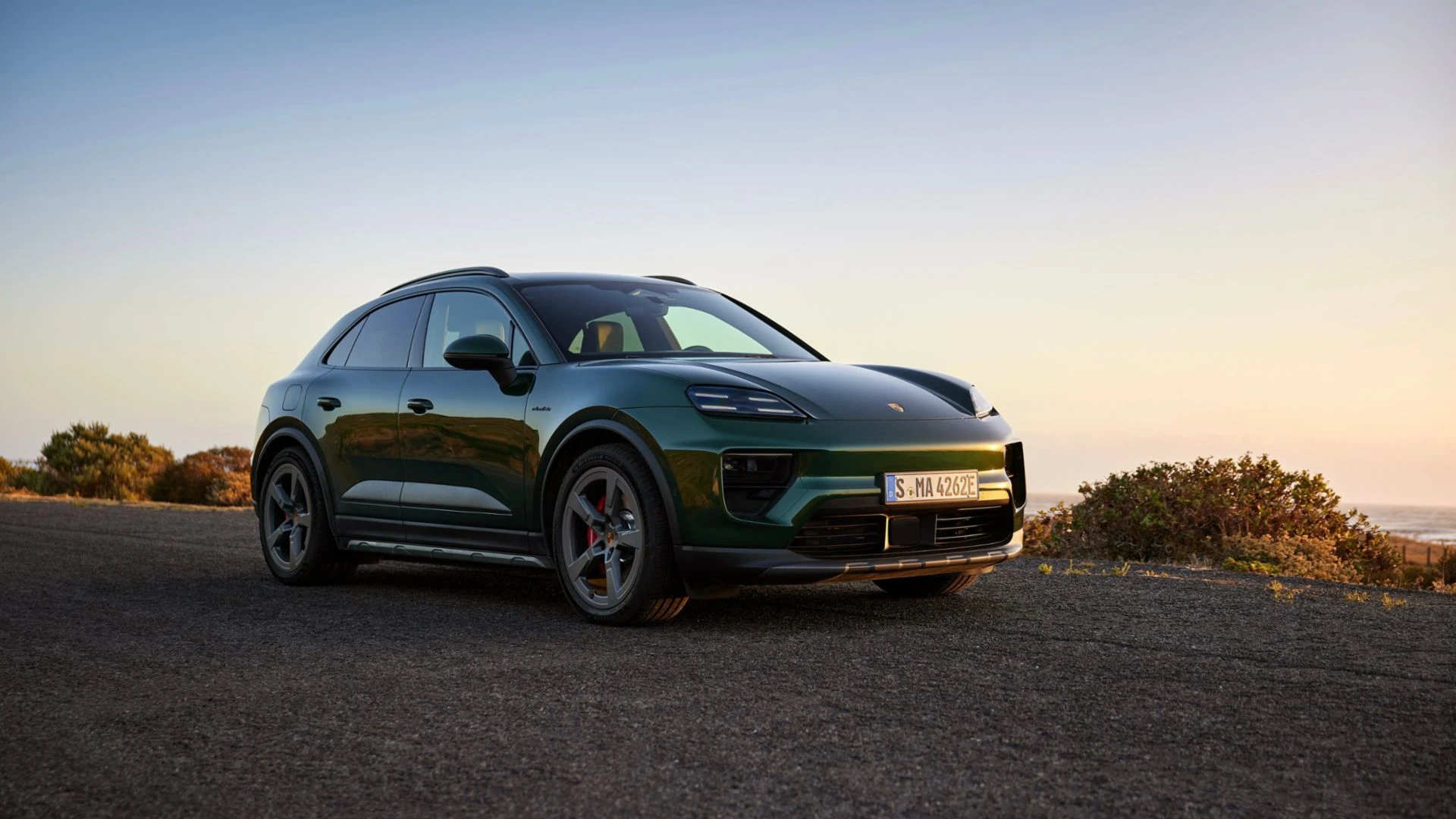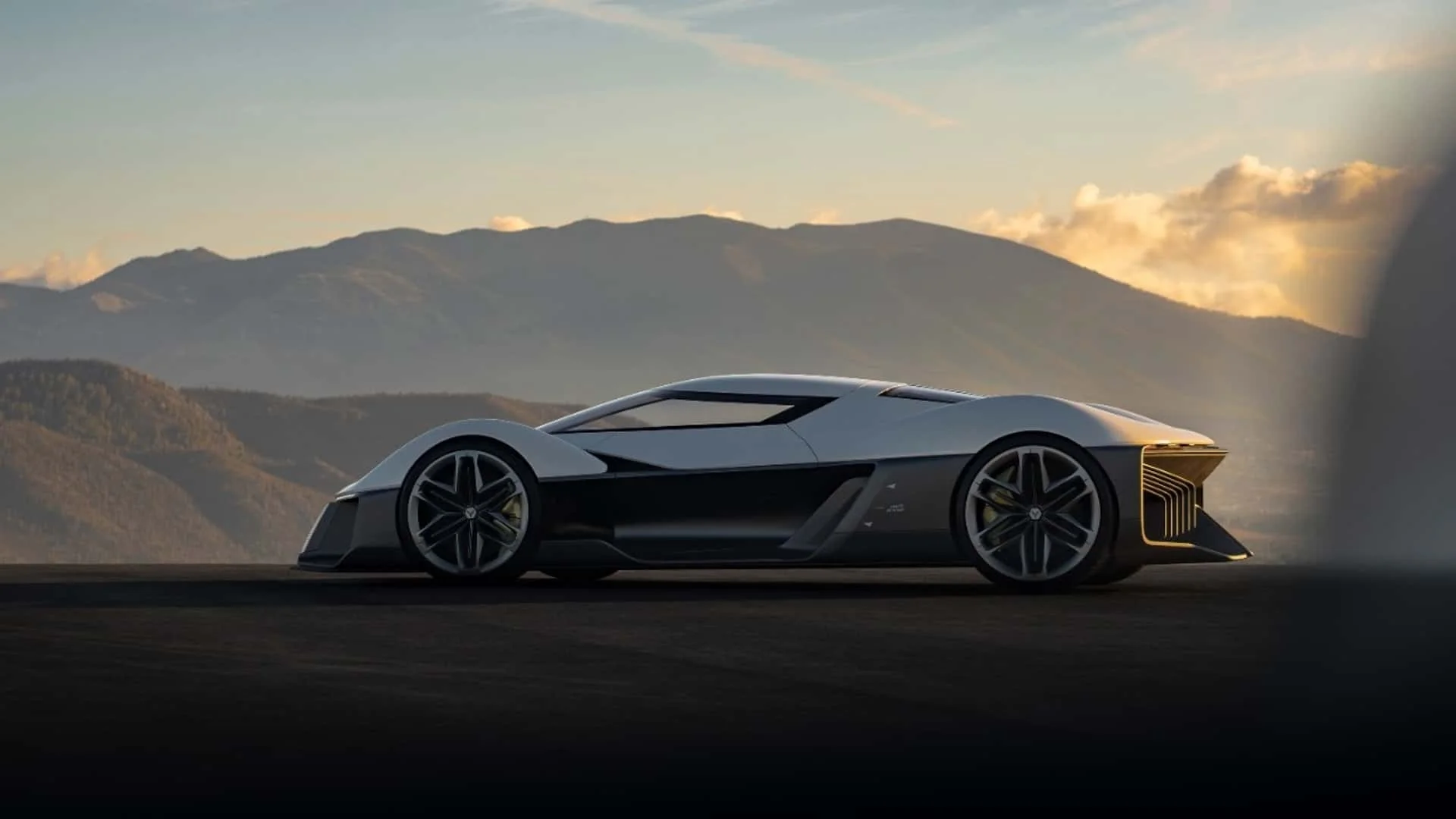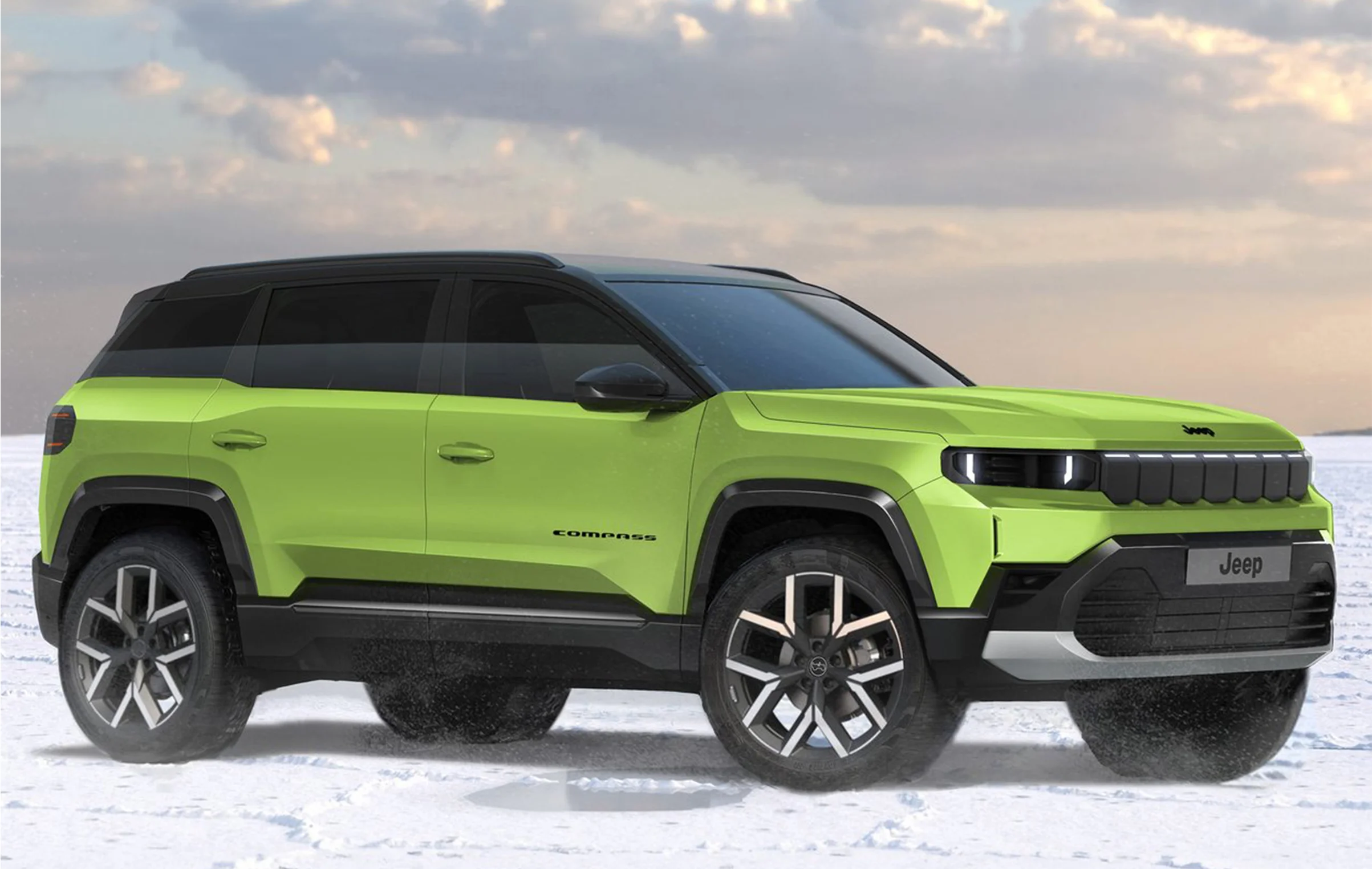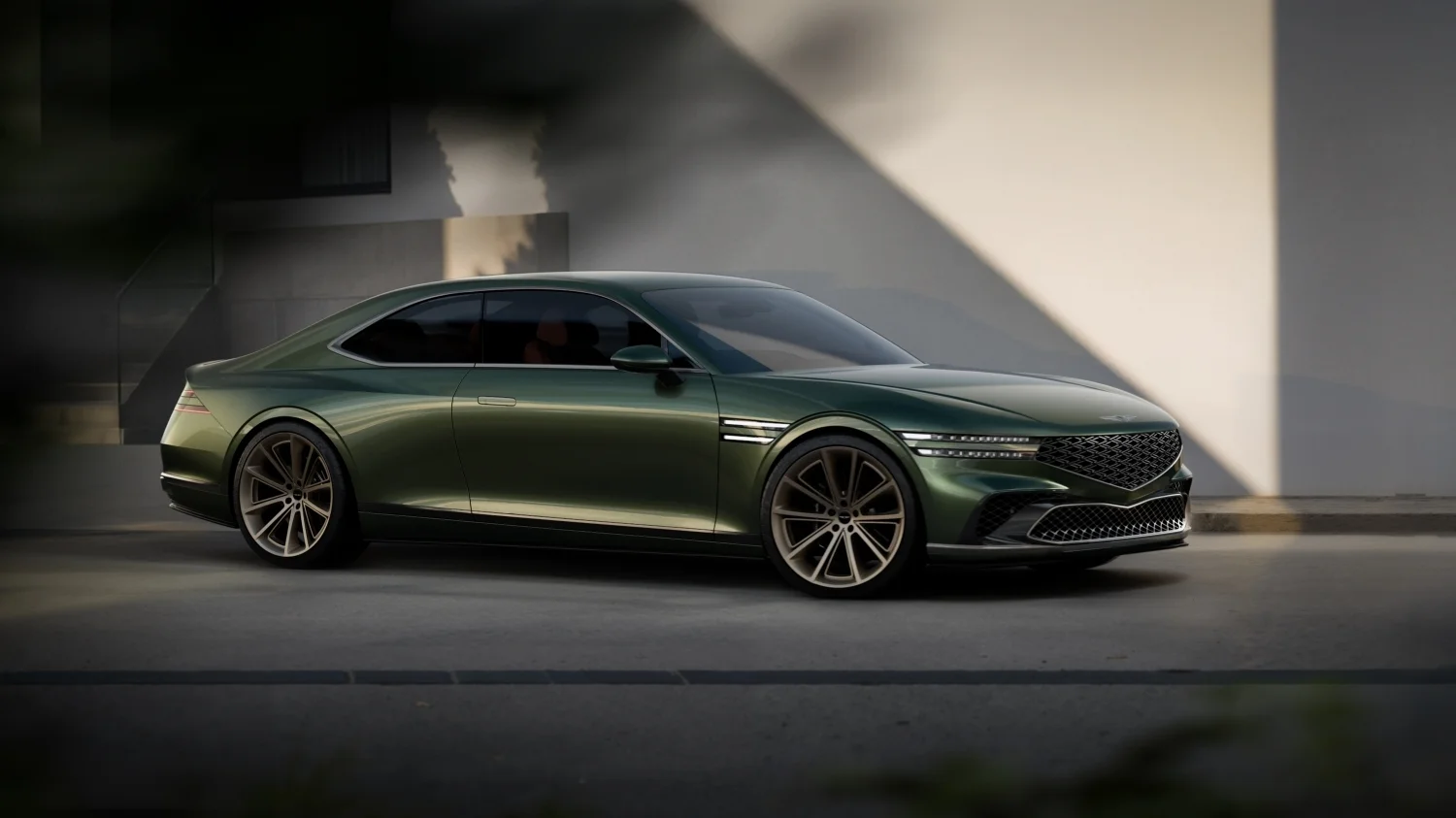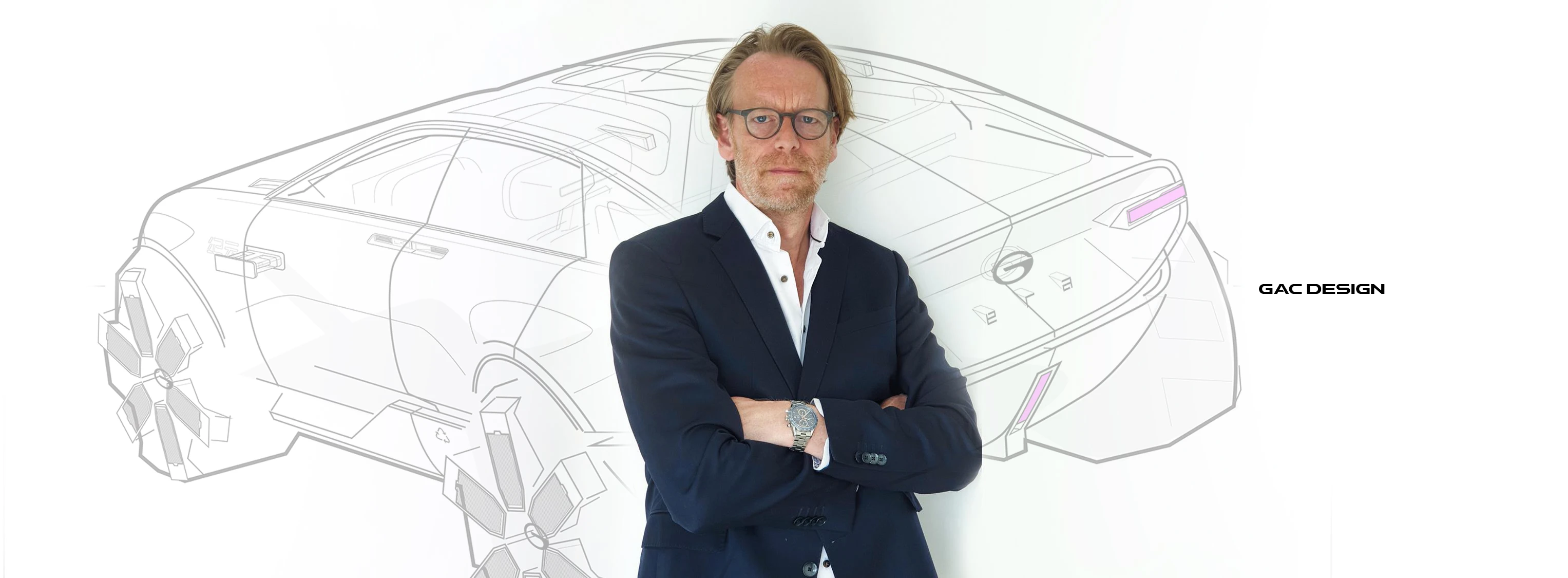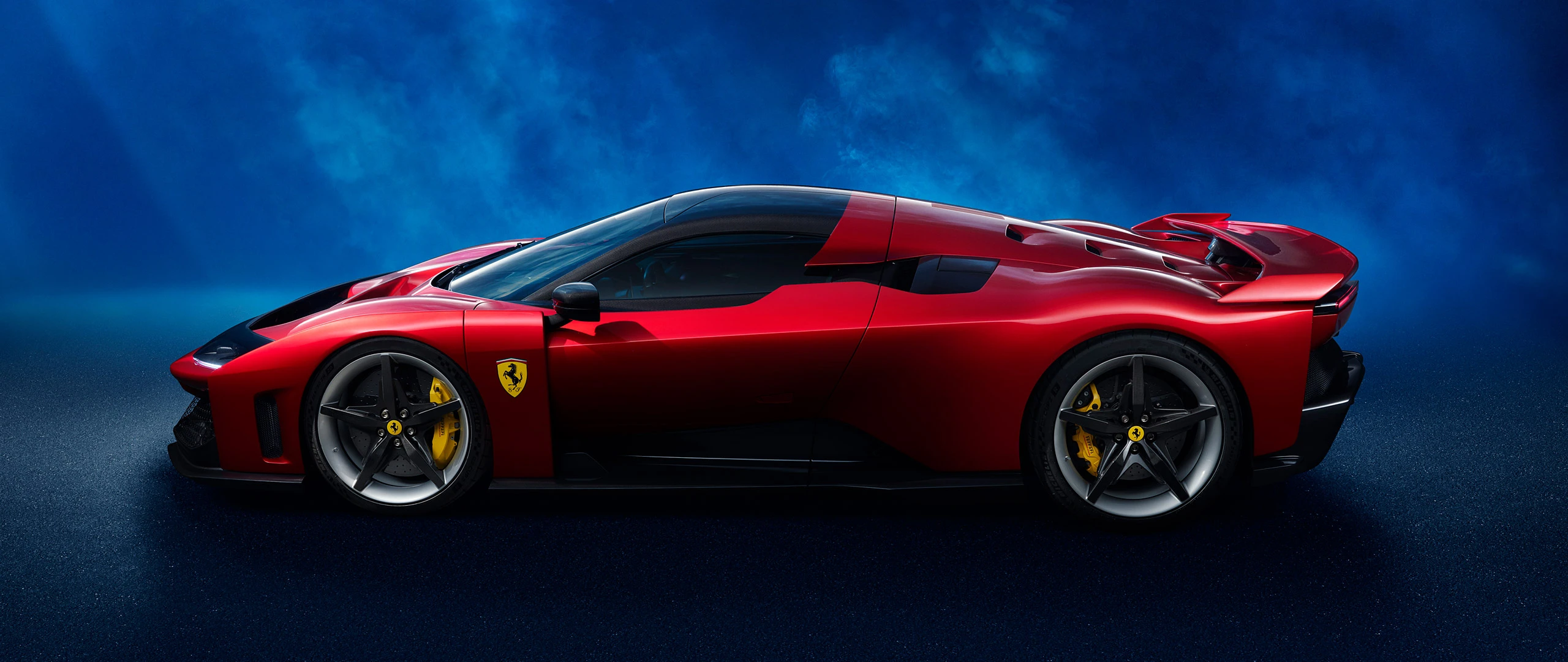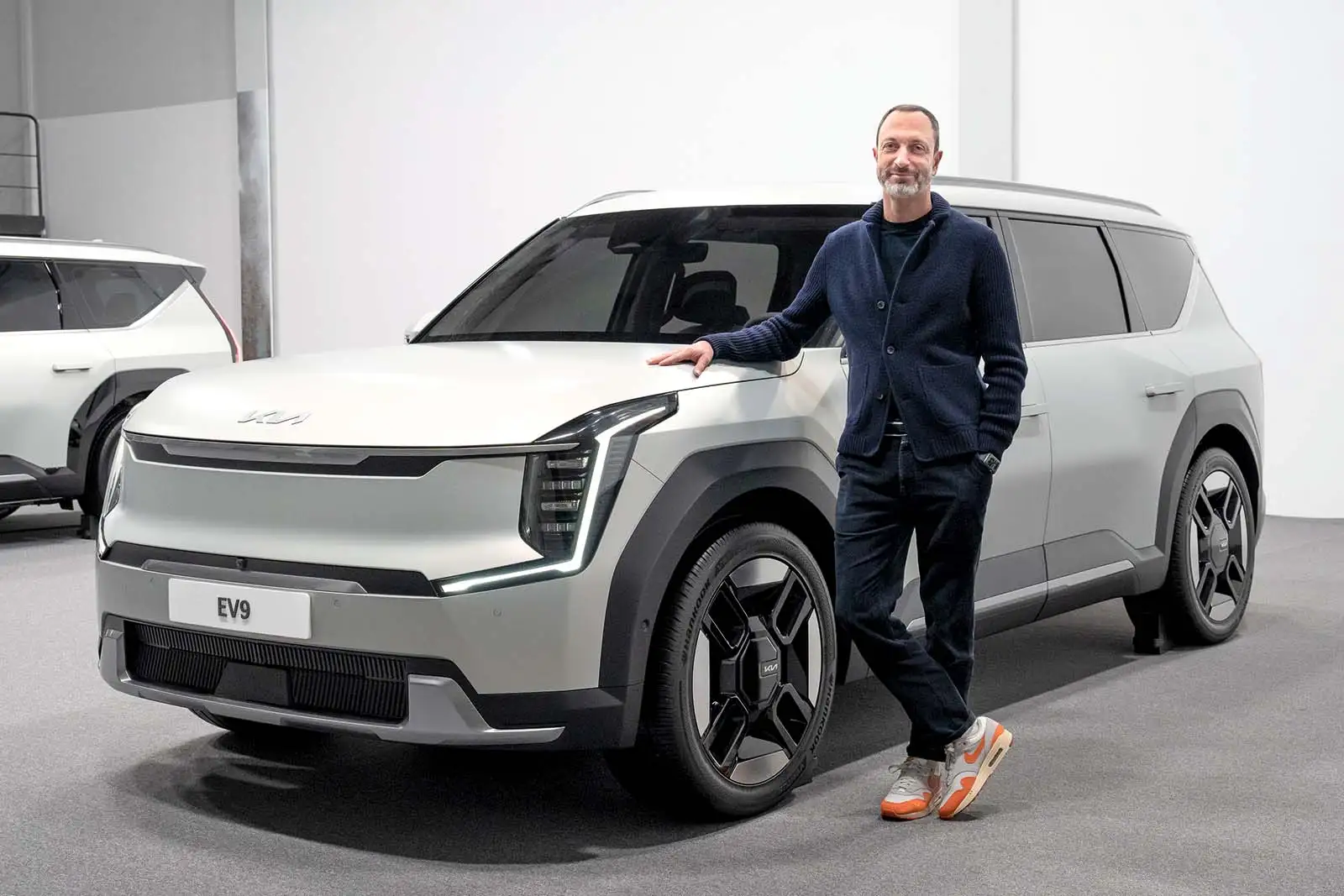Hyundai Initium: A Bold Step Into the Hydrogen Future or a Design Misstep?
At the "Clearly Committed" event at Hyundai Motorstudio Goyang, Hyundai Motor Company introduced its Initium hydrogen-powered SUV concept, a striking vehicle that challenges conventions and takes a daring step forward in the brand’s commitment to hydrogen technology. Named after the Latin word for “beginning,” the Initium symbolizes Hyundai's ambitions to lead in hydrogen-powered mobility. However, the vehicle's design has sparked debates, with some fans questioning if the company has taken a bold leap in the right direction or if it has overcorrected with a controversial aesthetic.
“Art of Steel” Design: A Rugged Departure from Sleek Lines
The Initium marks the debut of Hyundai’s new “Art of Steel” design language, which Executive VP SangYup Lee describes as pushing the boundaries of steel's formability. This approach aims to blend strength and artistry, resulting in an SUV with bold, industrial lines, sculpted surfaces, and solid proportions. The vehicle stands in stark contrast to Hyundai's recent EV designs, which are characterized by minimalist, sleek, and futuristic aesthetics.
At first glance, the Initium’s boxy, almost brutalist shape might evoke memories of early-2000s SUVs, such as the Pontiac Aztek. The design is heavily focused on utility with sharp angles and aggressive stances, making the vehicle feel imposing yet rugged. This departure from Hyundai’s sleek lines in its previous models, particularly the Ioniq series, raises a critical question: has Hyundai’s quest for "artistic resilience" resulted in a design that’s alienating, or is it a bold new chapter for the brand?
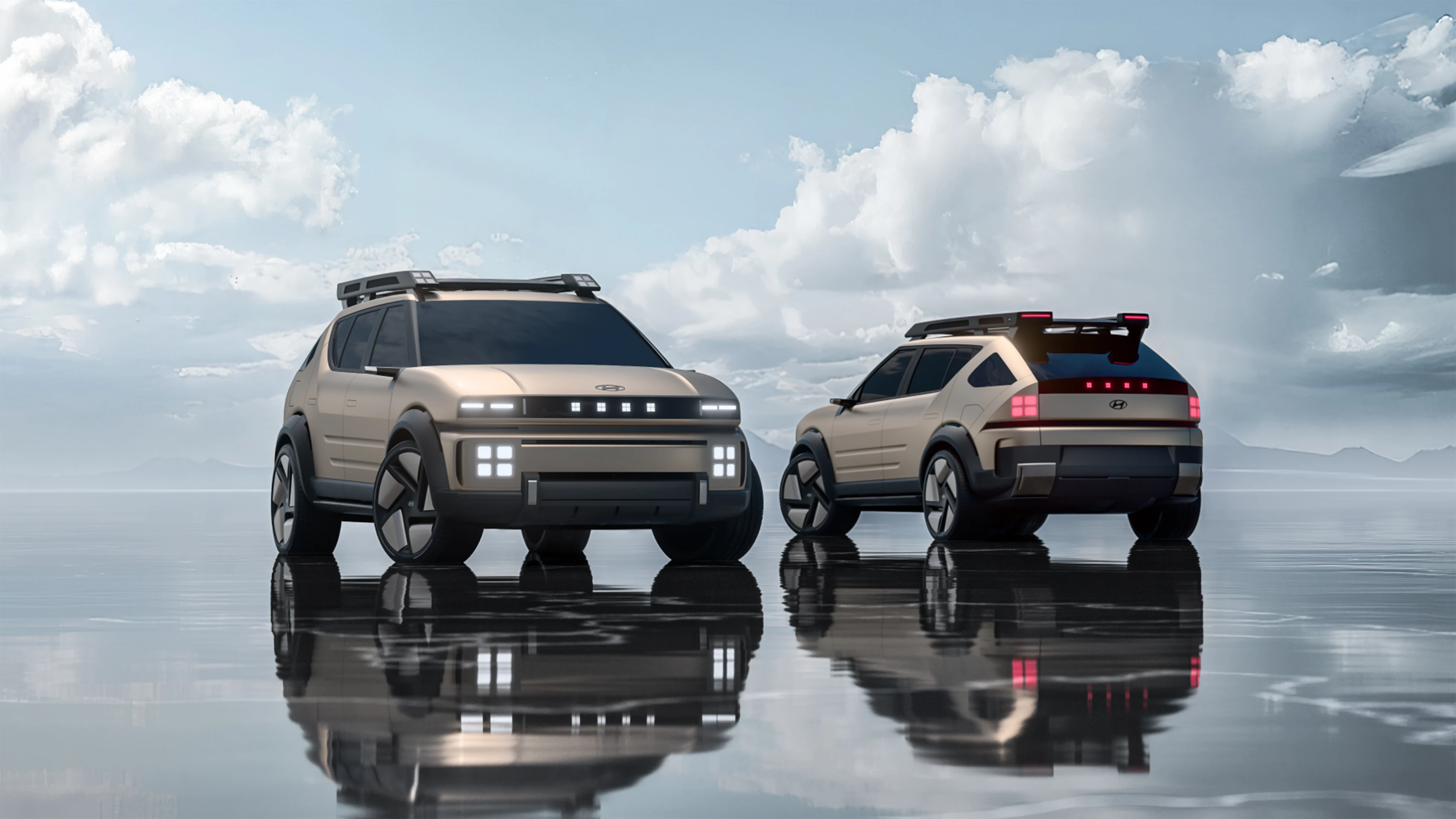
Pixel Aesthetic: A Temporary Break or New Direction?
One of the most noticeable aspects of the Initium is its departure from the “Parametric Pixel” design that has defined Hyundai's recent electric vehicles. The pixel-inspired aesthetic has been a signature of Hyundai's Ioniq 5 and Ioniq 6, giving the brand a futuristic, tech-savvy identity. In contrast, the Initium adopts a basic “+” graphic integrated into the front bumper, representing hydrogen. This design shift indicates that Hyundai may be making a deliberate move away from the pixel design for hydrogen models, though it’s unclear if this is a one-off decision or the start of a broader rethinking of their design approach.
Hydrogen Technology: Performance and Practicality
While the design has stirred mixed reactions, the performance and practicality of the Initium are undeniably impressive. The SUV is equipped with large hydrogen fuel tanks and low rolling resistance tires, giving it a range of over 650 km on a full tank. The vehicle's aerodynamic wheels and enhanced fuel cell stack output contribute to a smooth driving experience, making the Initium competitive with battery EVs in terms of range and fuel efficiency.
The SUV promises excellent acceleration, solid overtaking performance, and seamless driving on both urban streets and highways, addressing one of the primary concerns about hydrogen-powered vehicles—the lack of comparable performance to electric alternatives.
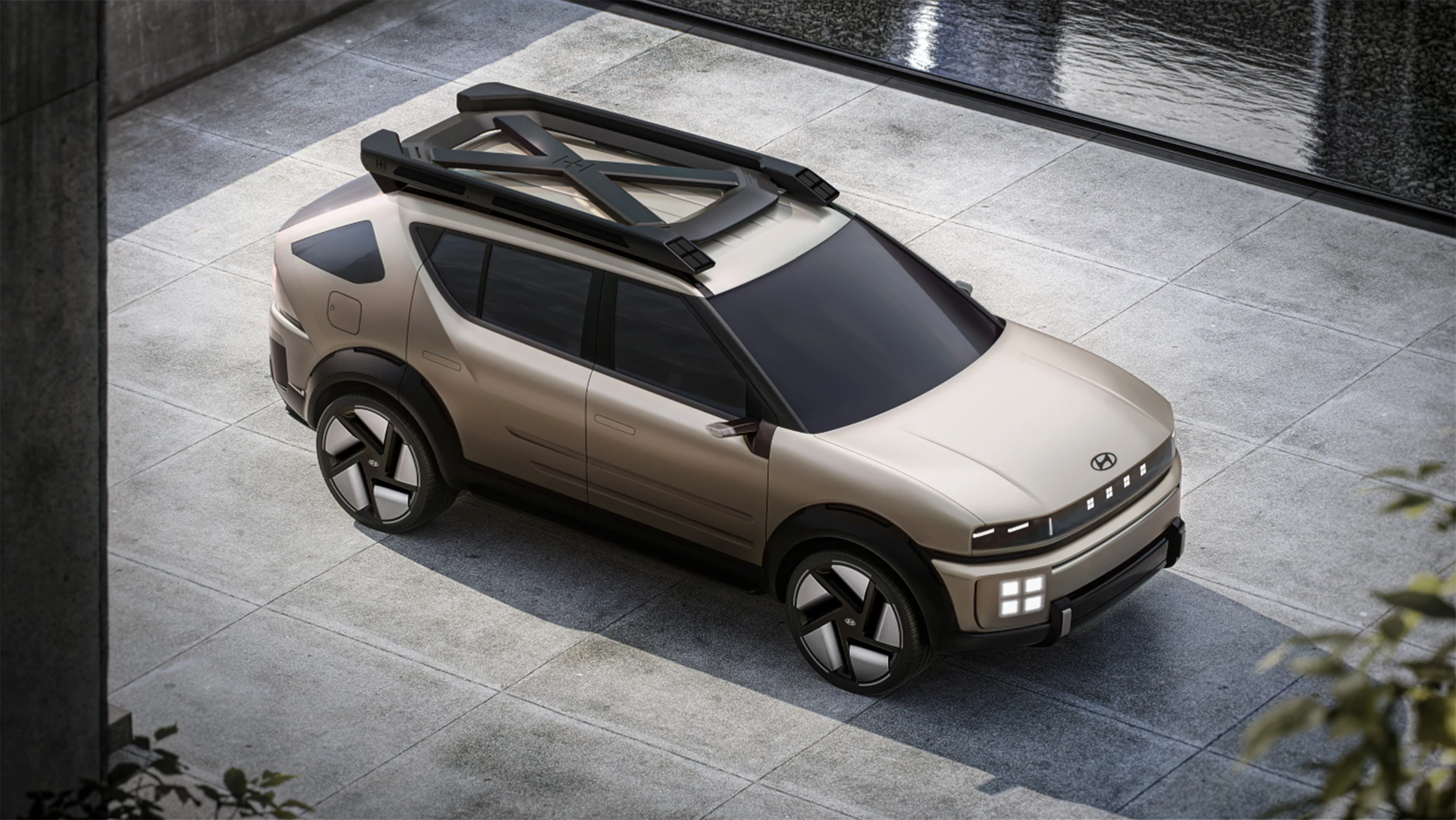
Interior: Comfort Meets Practicality
Inside the Initium, Hyundai has focused on both comfort and practicality. The cabin is designed with families in mind, offering a spacious second-row seating area with reclining seats for enhanced relaxation. Access to the back seats is easy thanks to the large rear-door opening angle, and the vehicle’s ample cargo space ensures it can accommodate both everyday needs and adventurous lifestyles. A standout feature is the unique roof rack, designed to appeal to drivers who enjoy both urban living and outdoor exploration.
The Initium is also equipped with Hyundai’s hydrogen-powered route planner, an innovative in-vehicle tool that helps drivers find nearby hydrogen stations, check station status, and even view wait times. This functionality streamlines the refueling process, addressing a key issue for hydrogen FCEV owners: limited refueling infrastructure.
Vehicle-to-Load (V2L) Functionality: Power Beyond Transportation
The V2L functionality of the Initium is another compelling feature. The vehicle can act as a mobile power source, capable of powering household appliances and charging personal devices directly from the fuel cell system. This versatility makes the Initium especially appealing to outdoor enthusiasts or those who often travel or camp, as it offers the possibility of bringing energy to remote locations without needing a traditional power source.
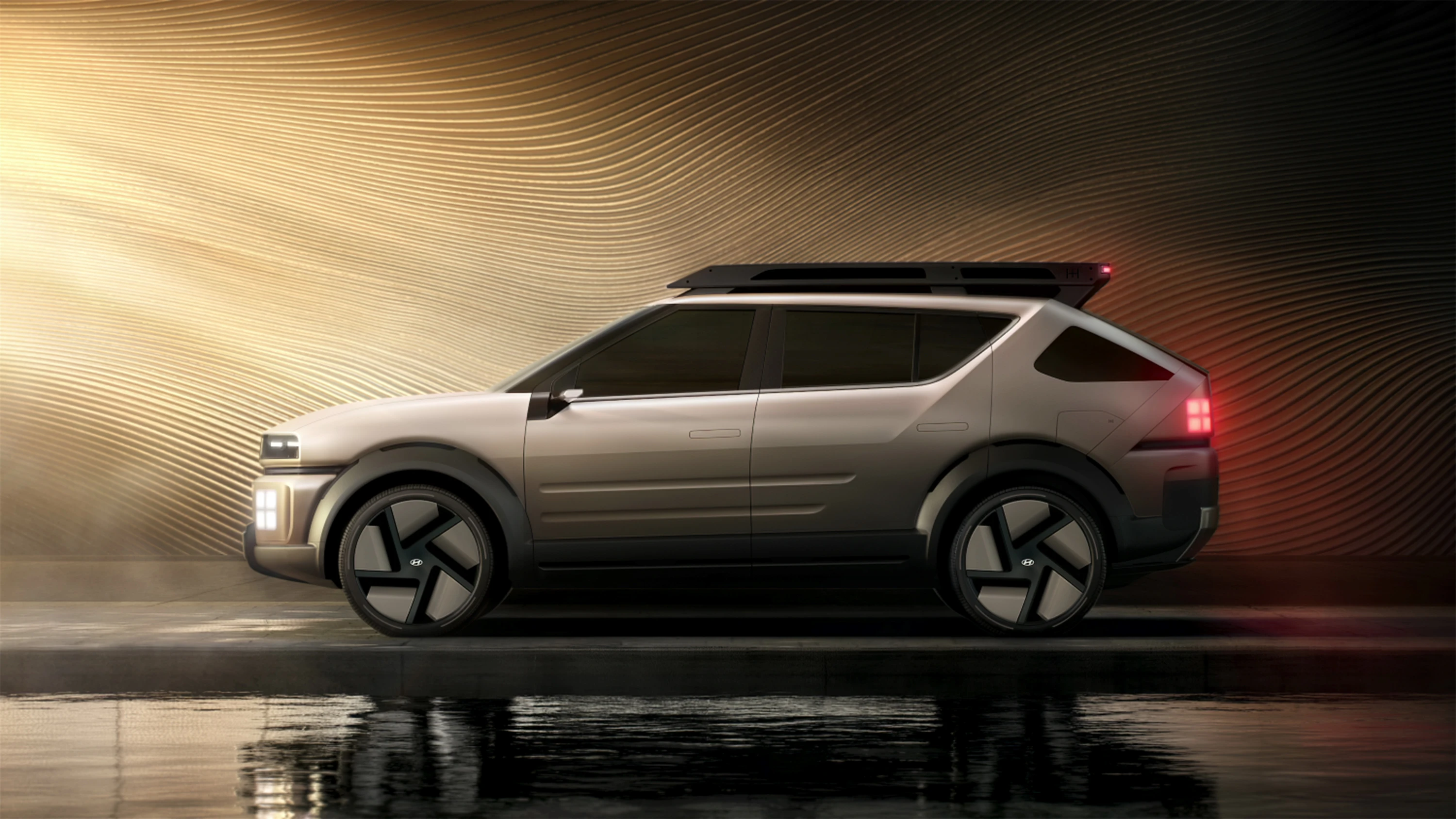
Safety: Hyundai's Commitment to Protection
Hyundai has also prioritized safety in the Initium, equipping the vehicle with a multi-skeleton front structure, side body protection, and nine airbags. These safety features ensure the Initium meets Hyundai's high standards for collision protection and overall driving safety, reinforcing their commitment to providing a customer-centric driving experience.
Conclusion: A Bold New Direction or a Risky Experiment?
Hyundai's introduction of the Initium is undoubtedly a bold statement of commitment to hydrogen-powered mobility. While the vehicle’s technological innovations and practical features are impressive, the design shift may be polarizing for some fans. The rugged, industrial aesthetic may appeal to those looking for a more utilitarian, authentic look, but for others, it might feel like a misstep after the sleek futuristic designs seen in Hyundai’s Ioniq series.
The Initium's debut signals that Hyundai is unafraid to push boundaries in both hydrogen technology and design. Whether the “Art of Steel” design language will become a permanent feature for Hyundai’s future vehicles, or if it’s a temporary experiment, remains to be seen. Either way, Hyundai is committed to challenging perceptions and forging a new path for hydrogen-powered transportation, with the Initium serving as a bold preview of the company’s evolving vision for the future of mobility.
Catch the Initium’s official debut at the LA Auto Show and Auto Guangzhou in November to see firsthand Hyundai's vision for a hydrogen-fueled world that merges bold design with practical sustainability.




